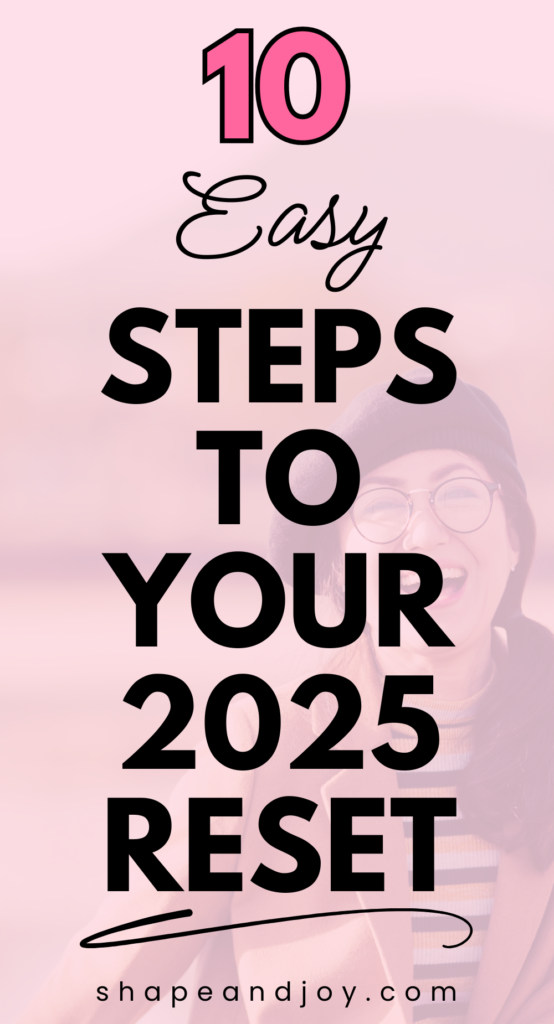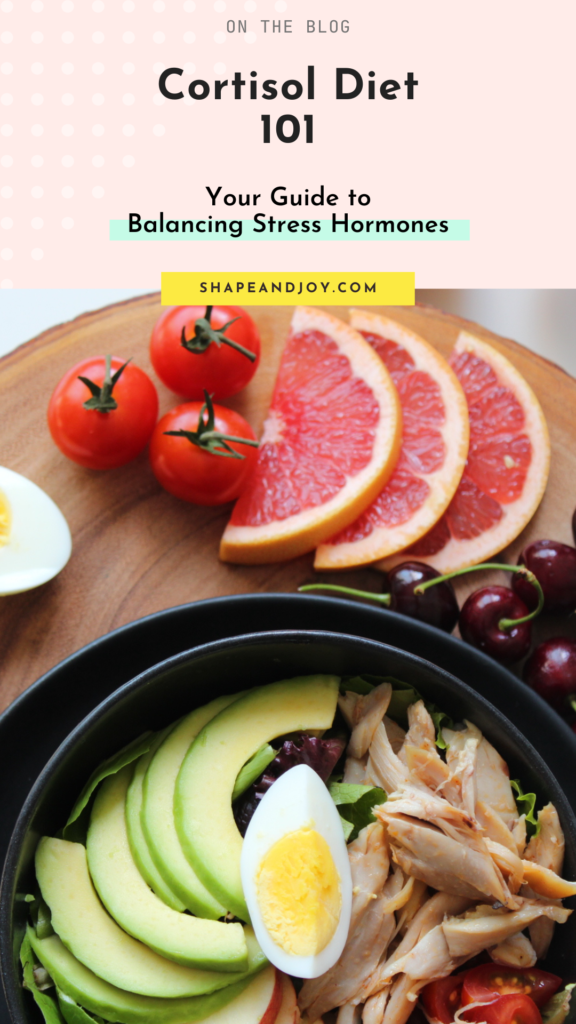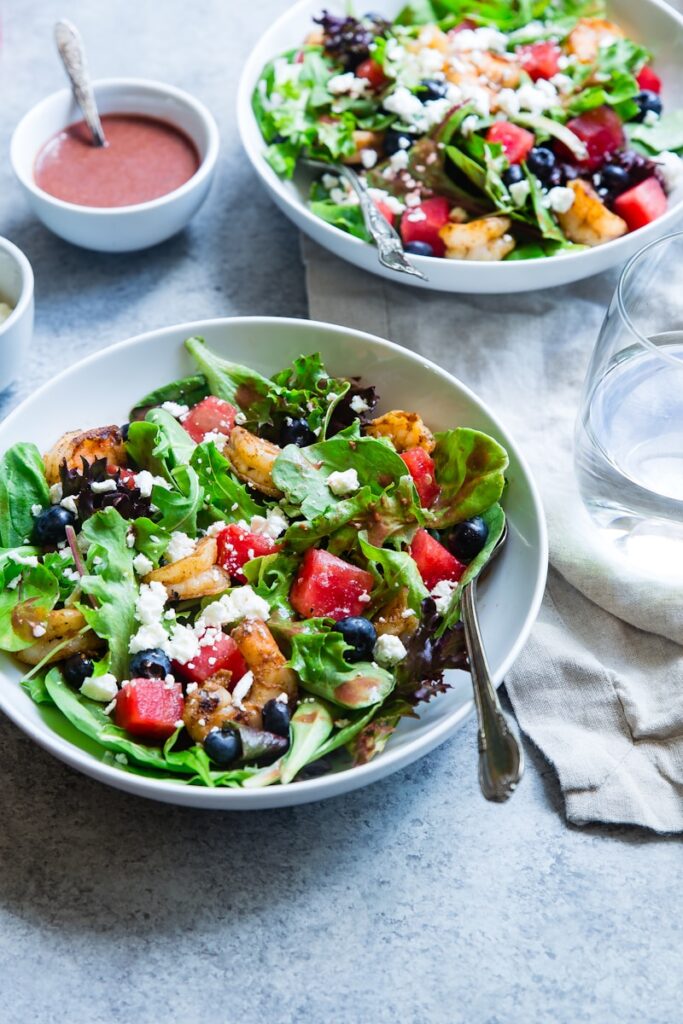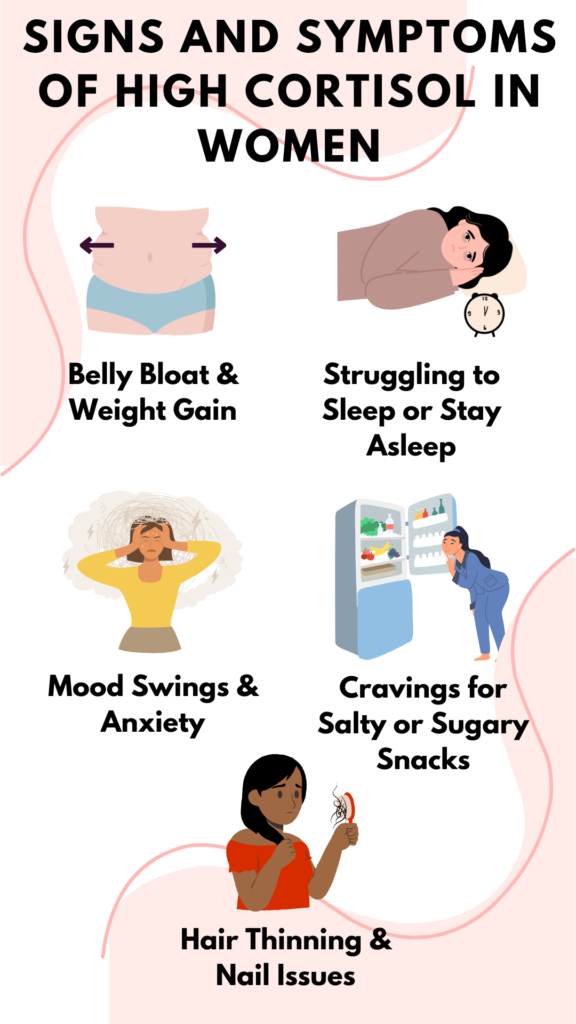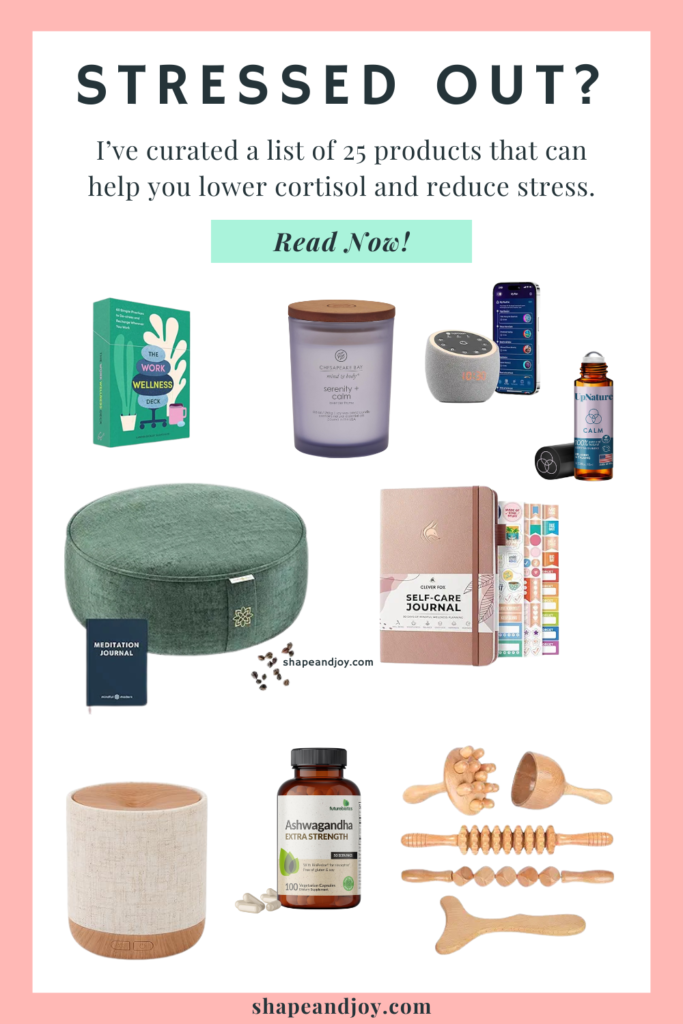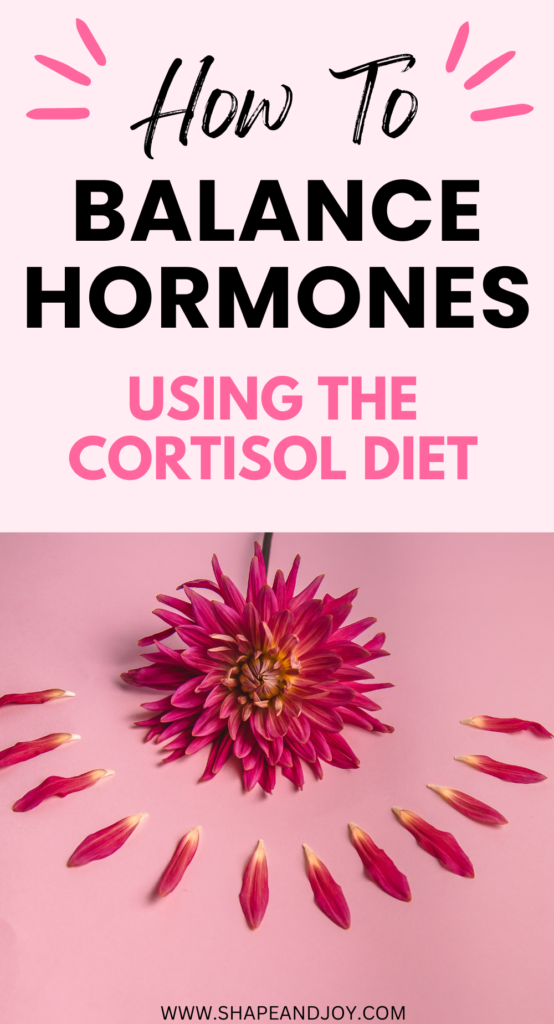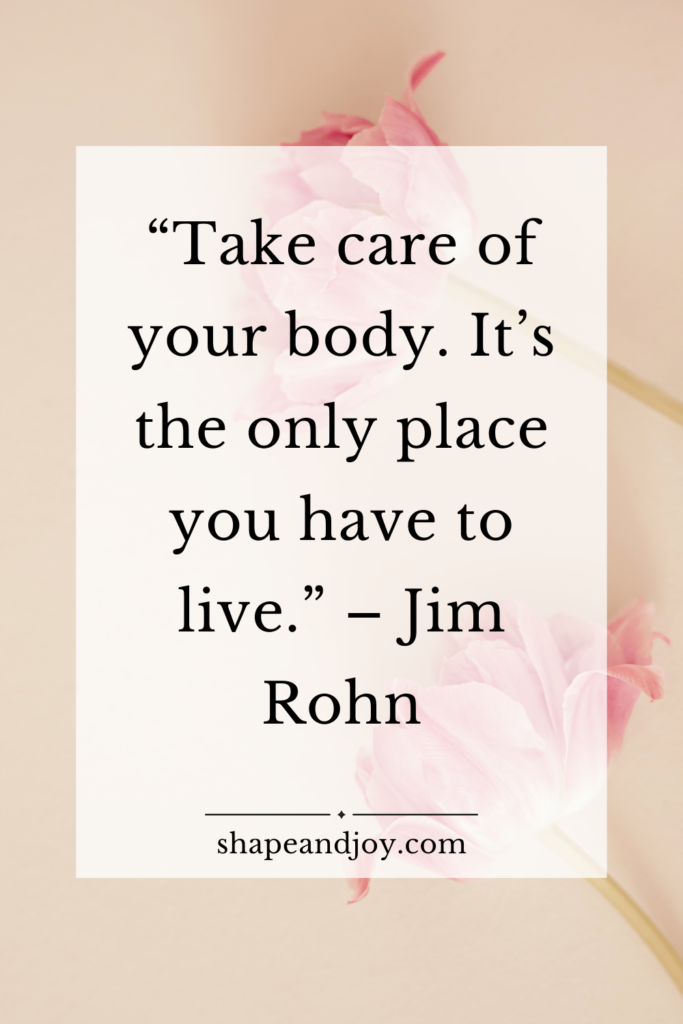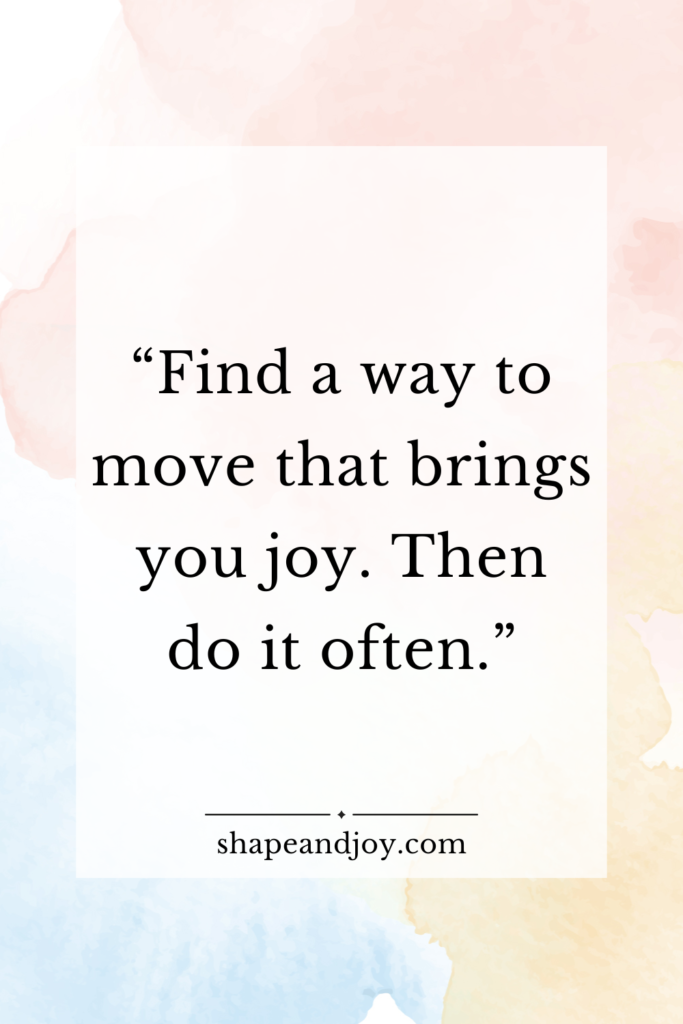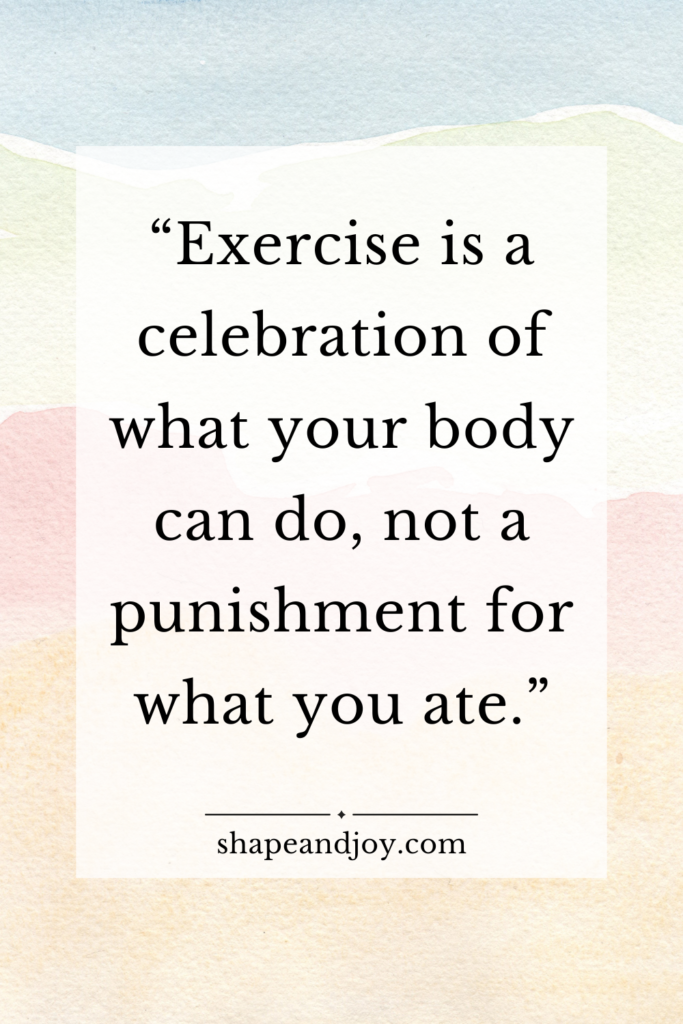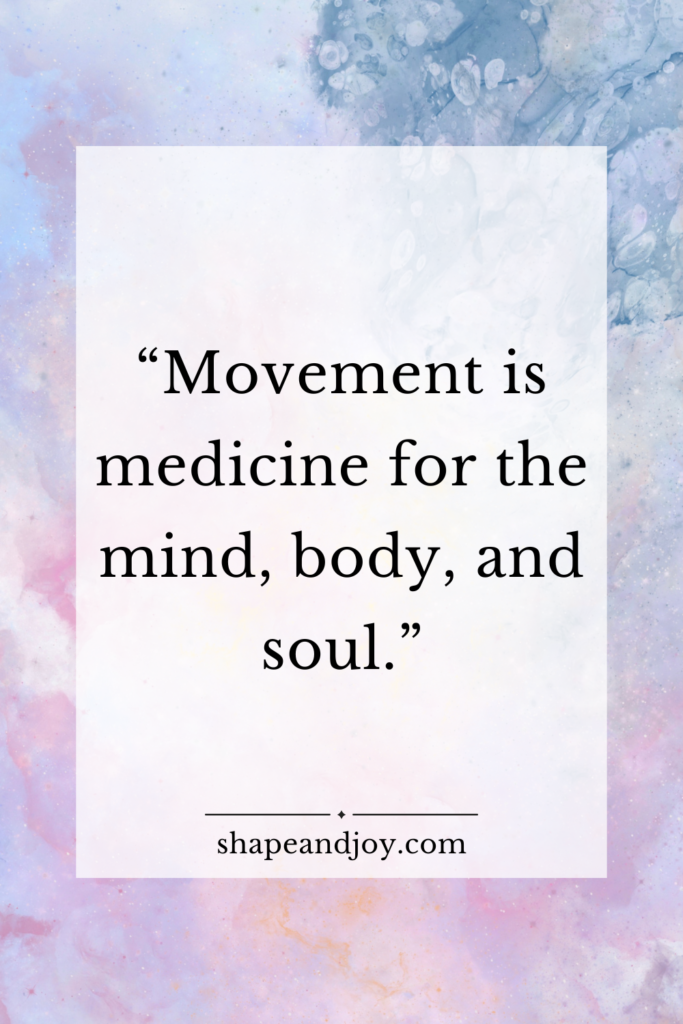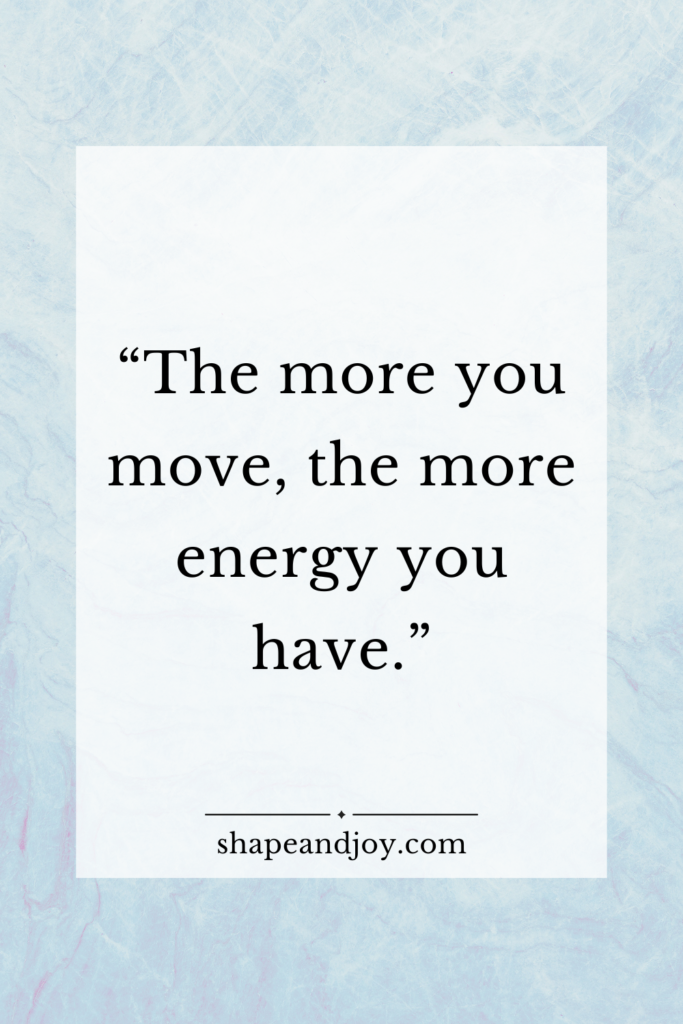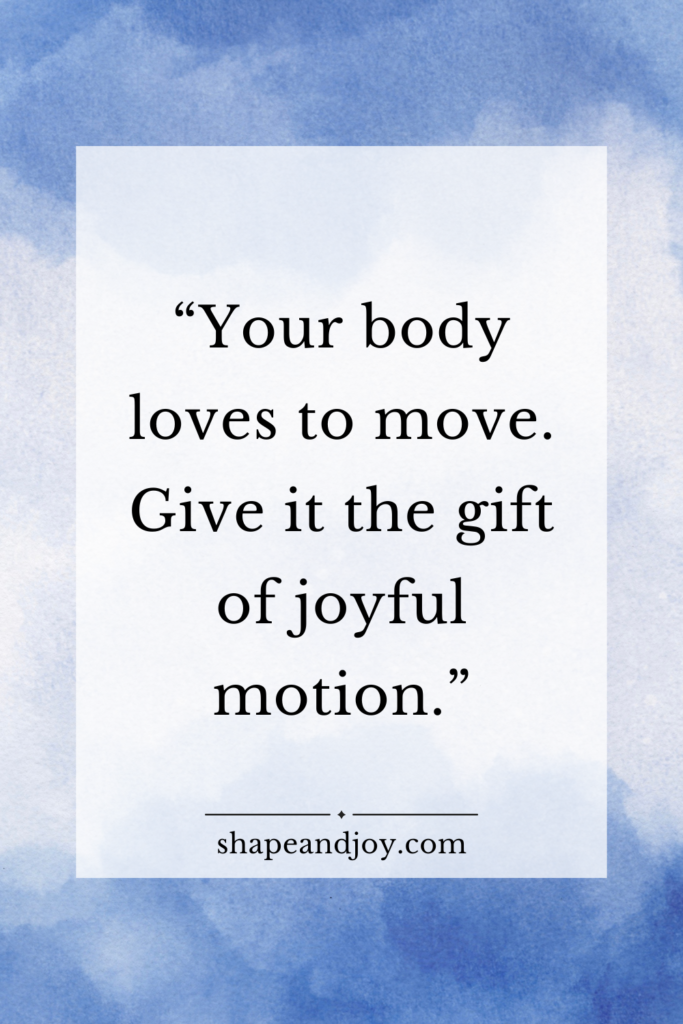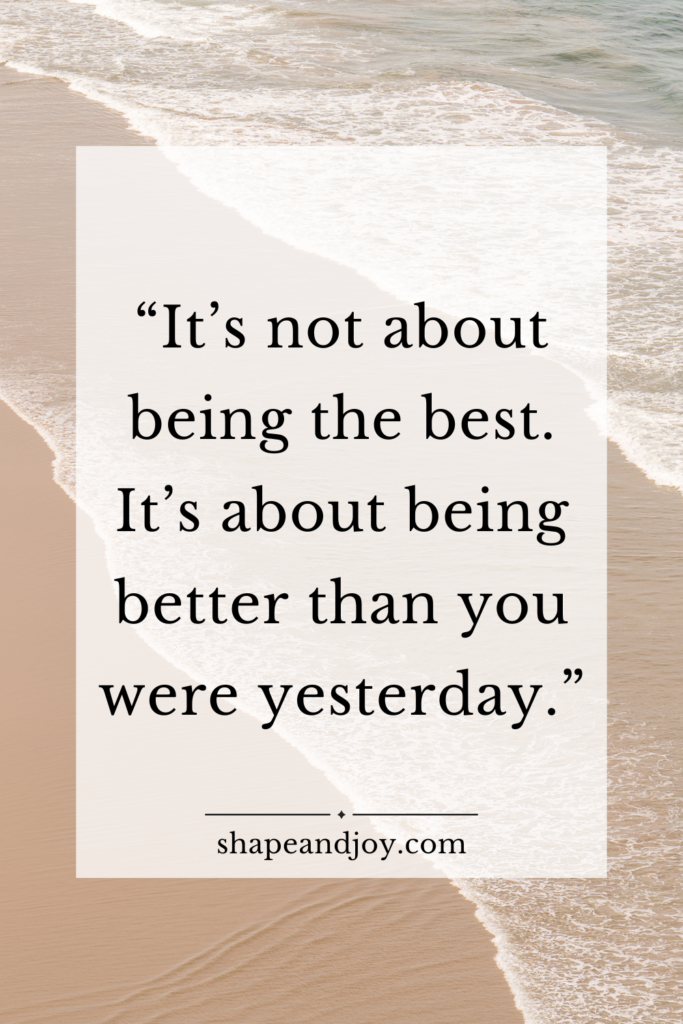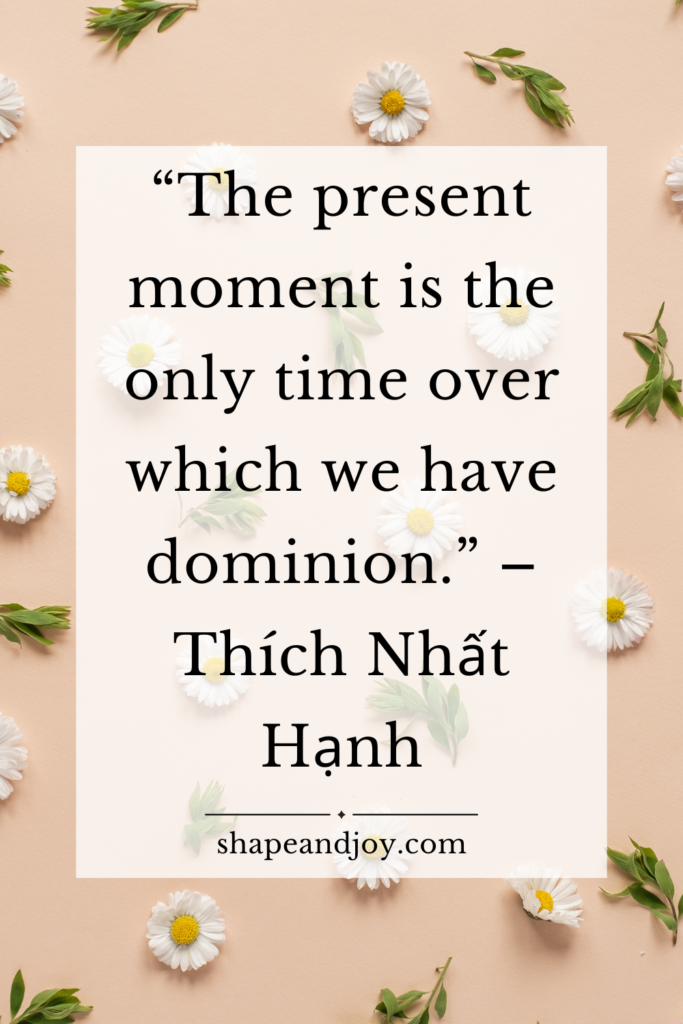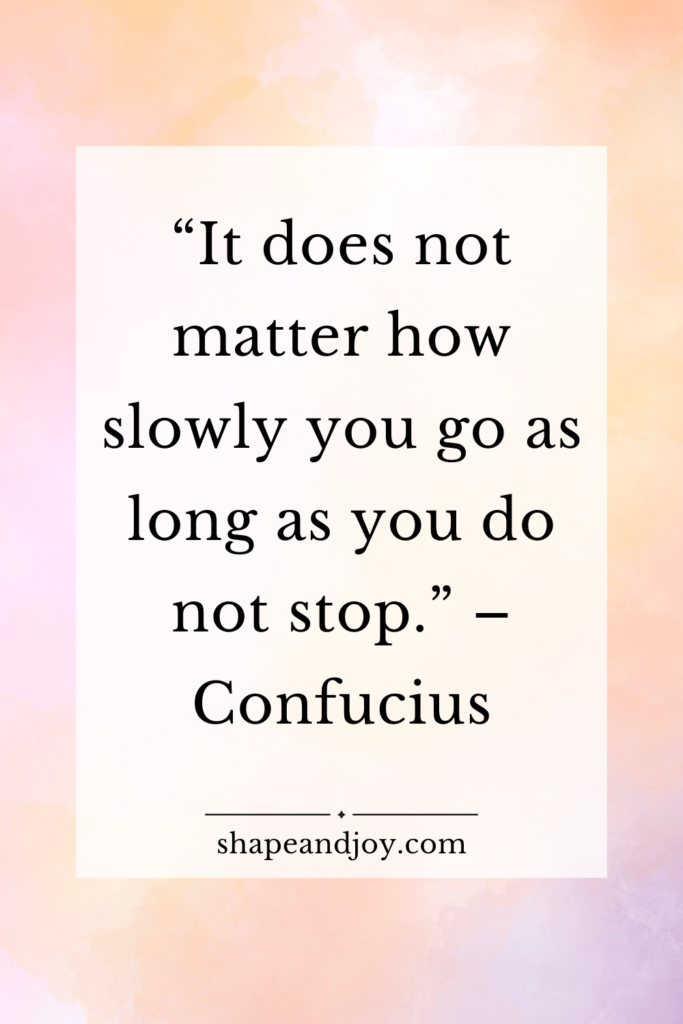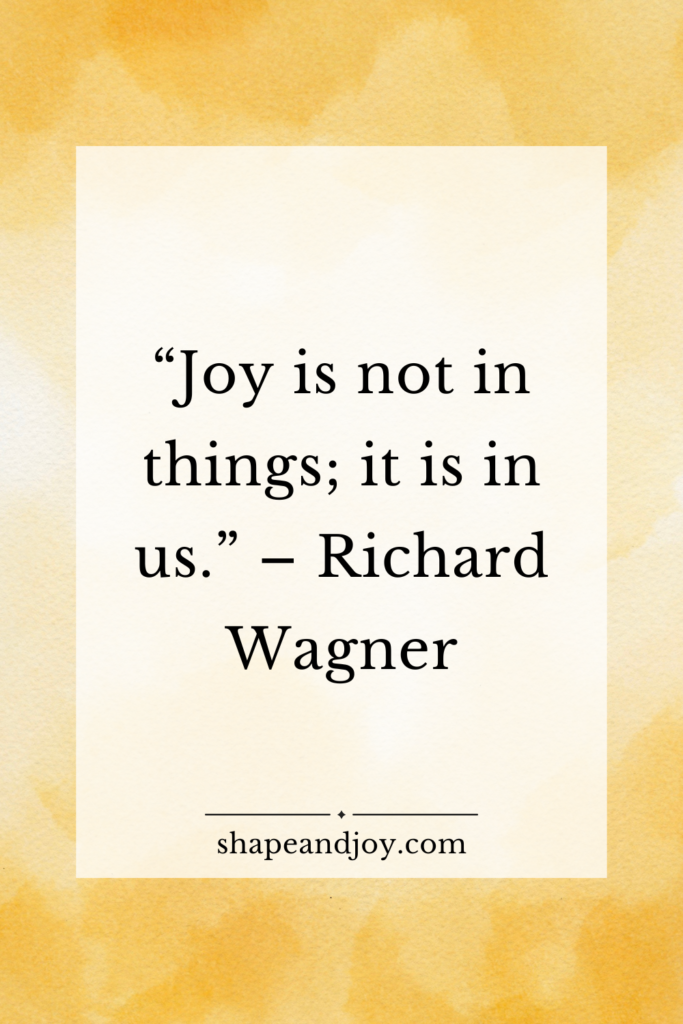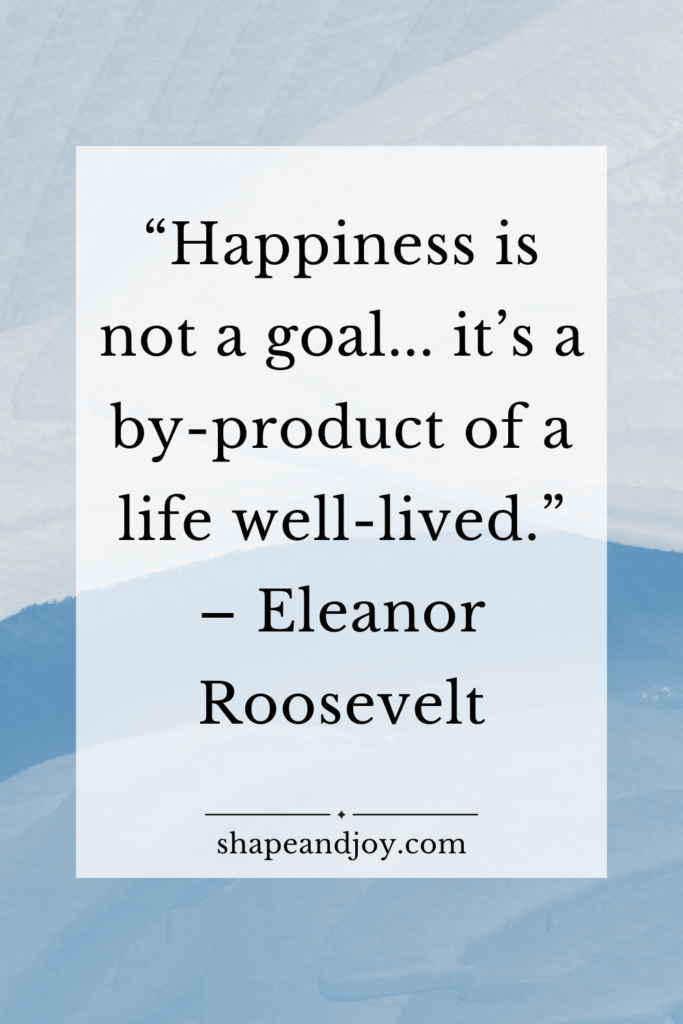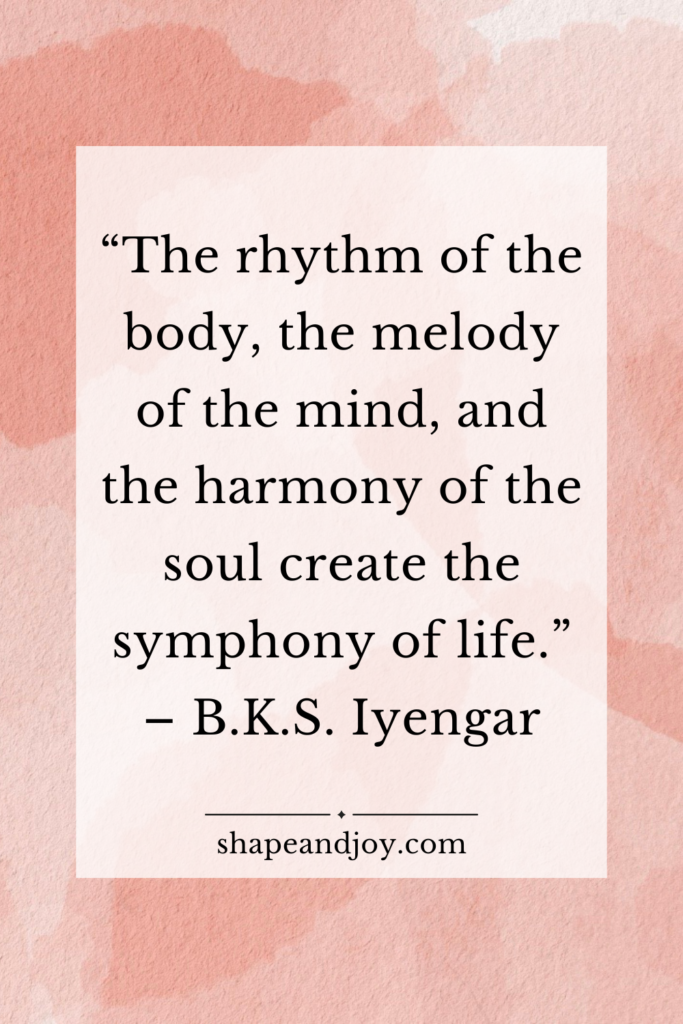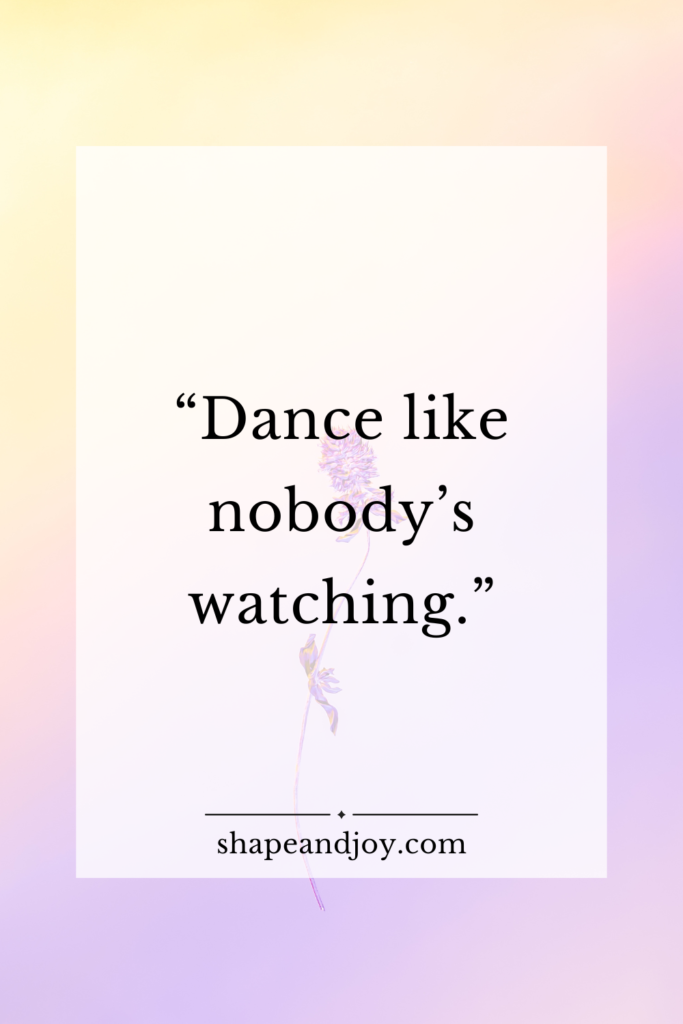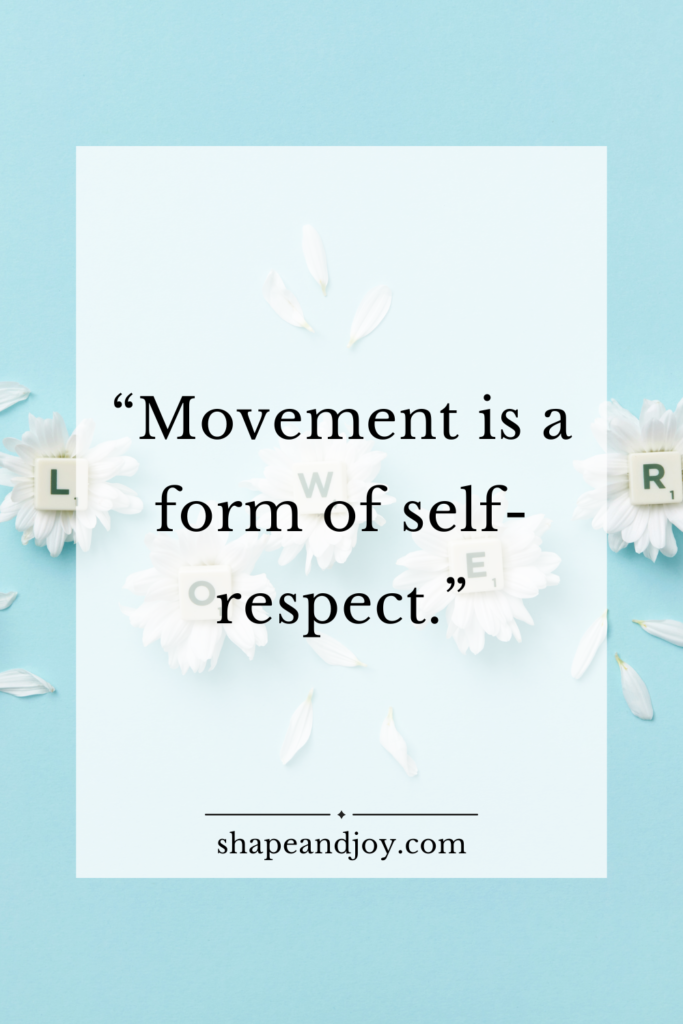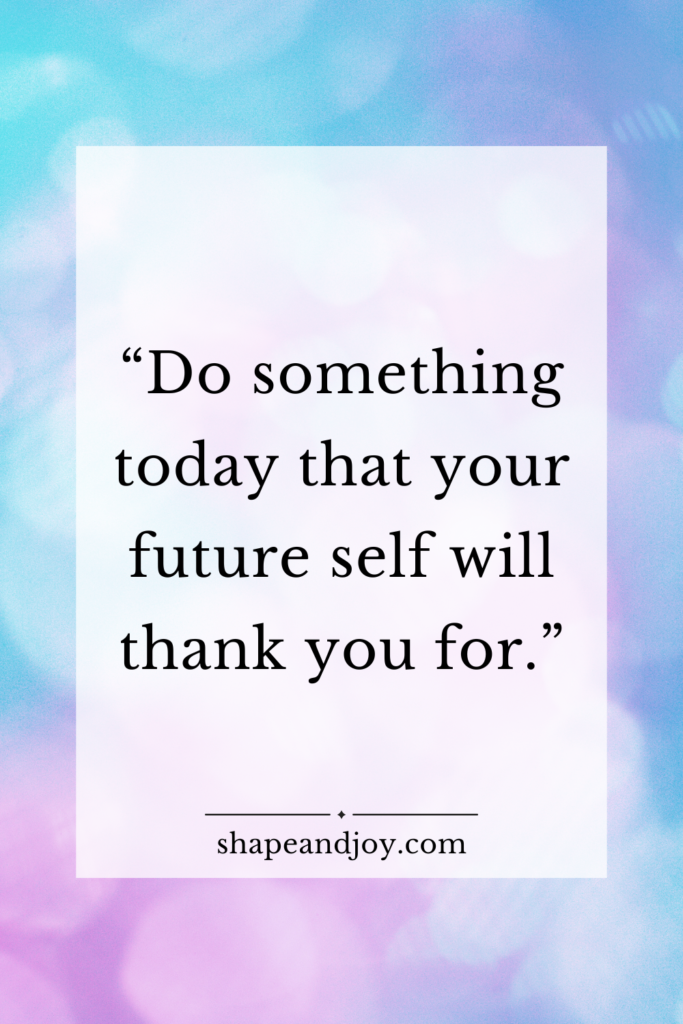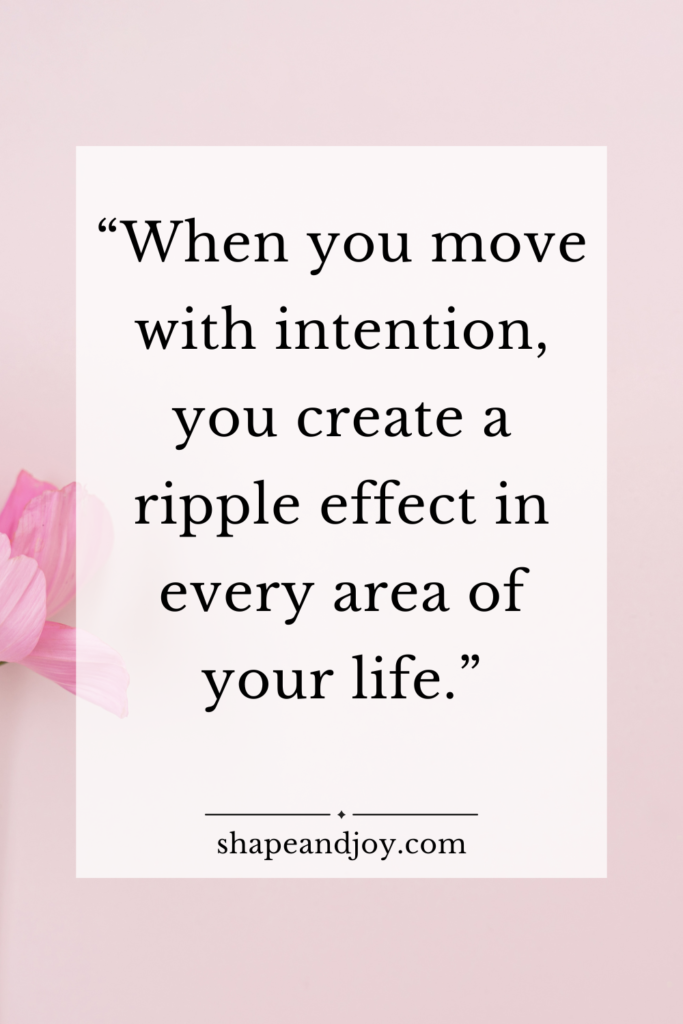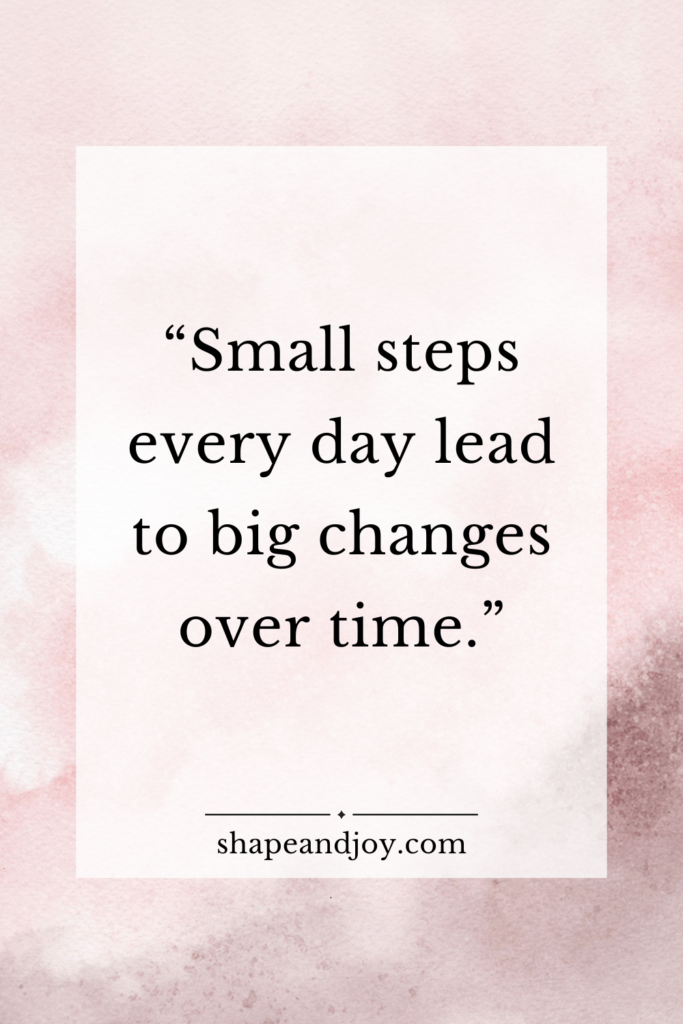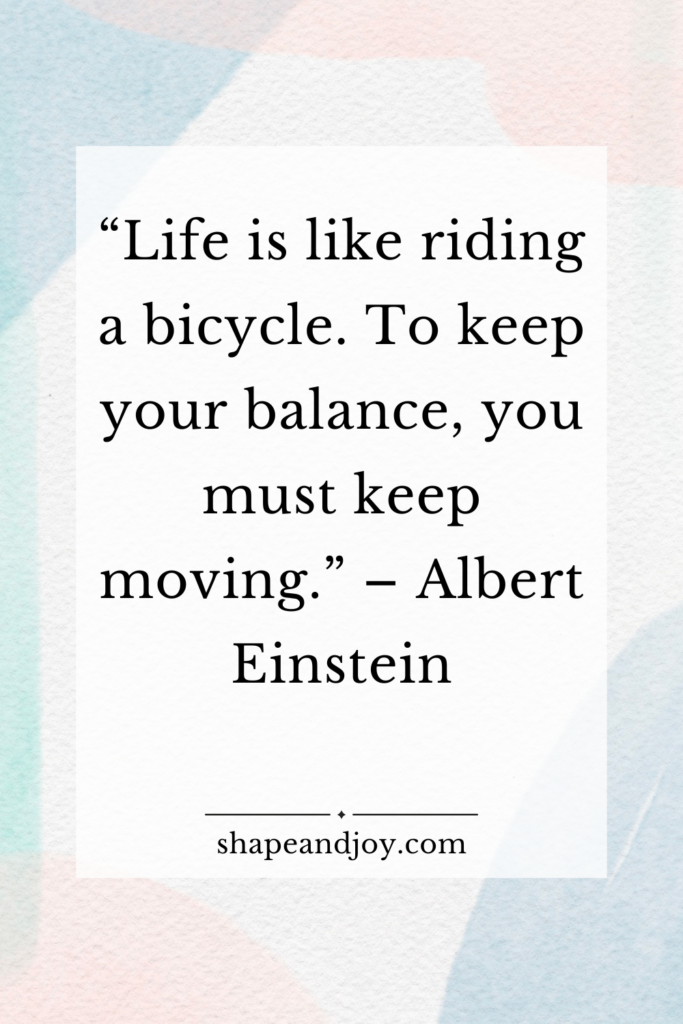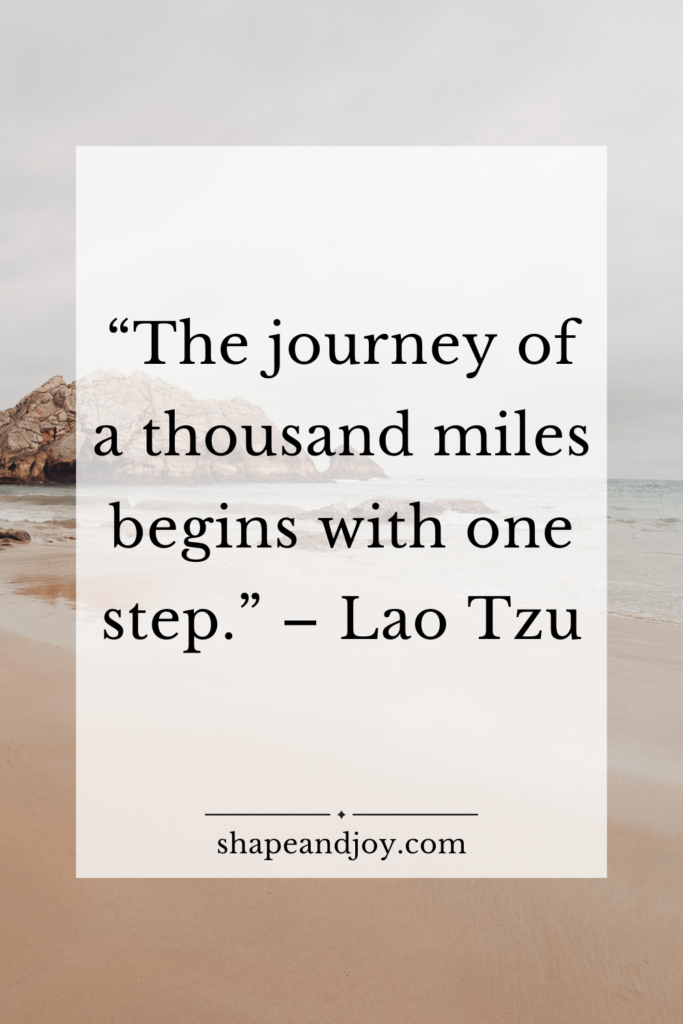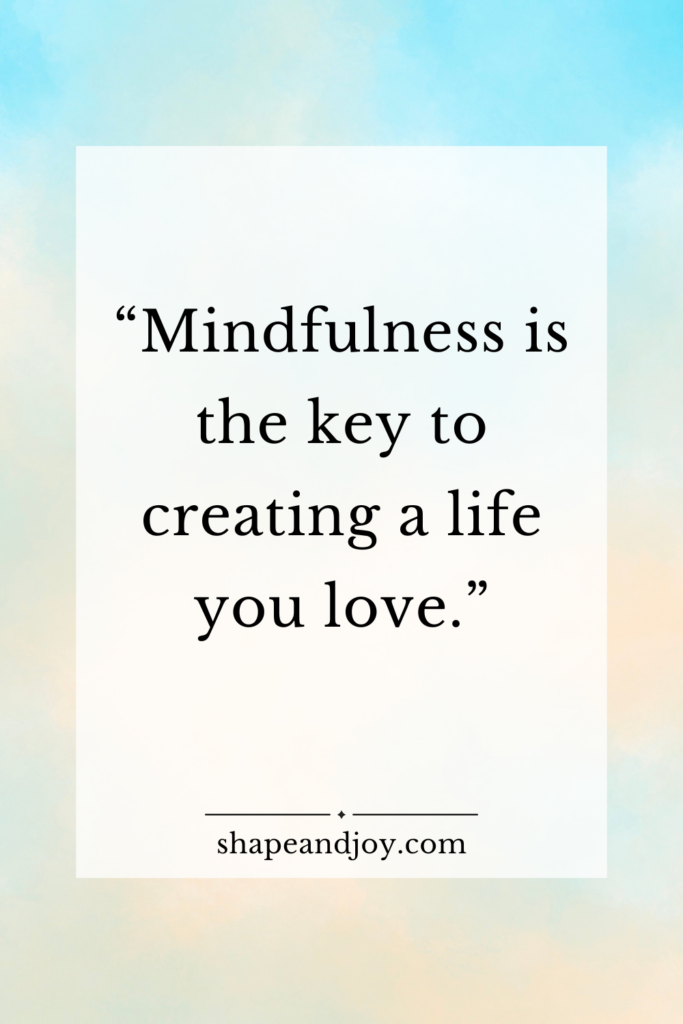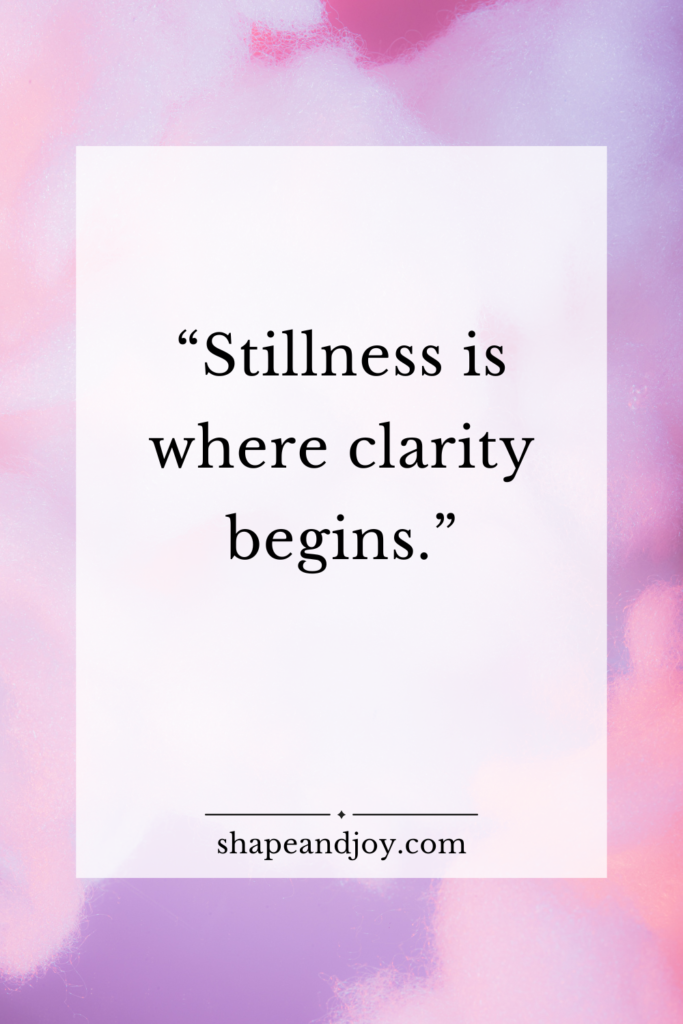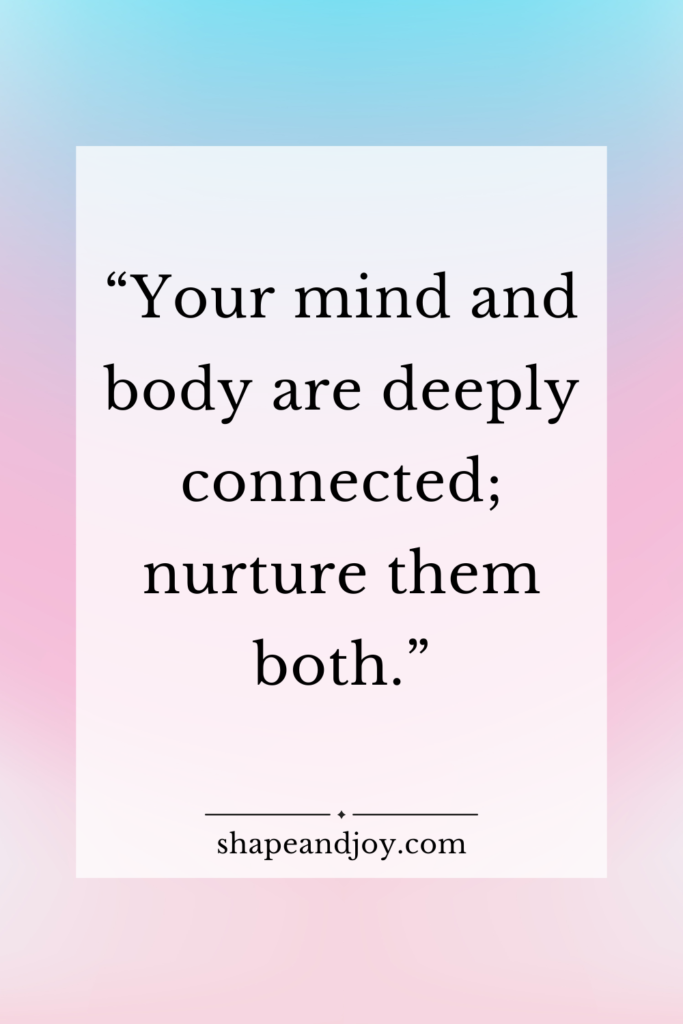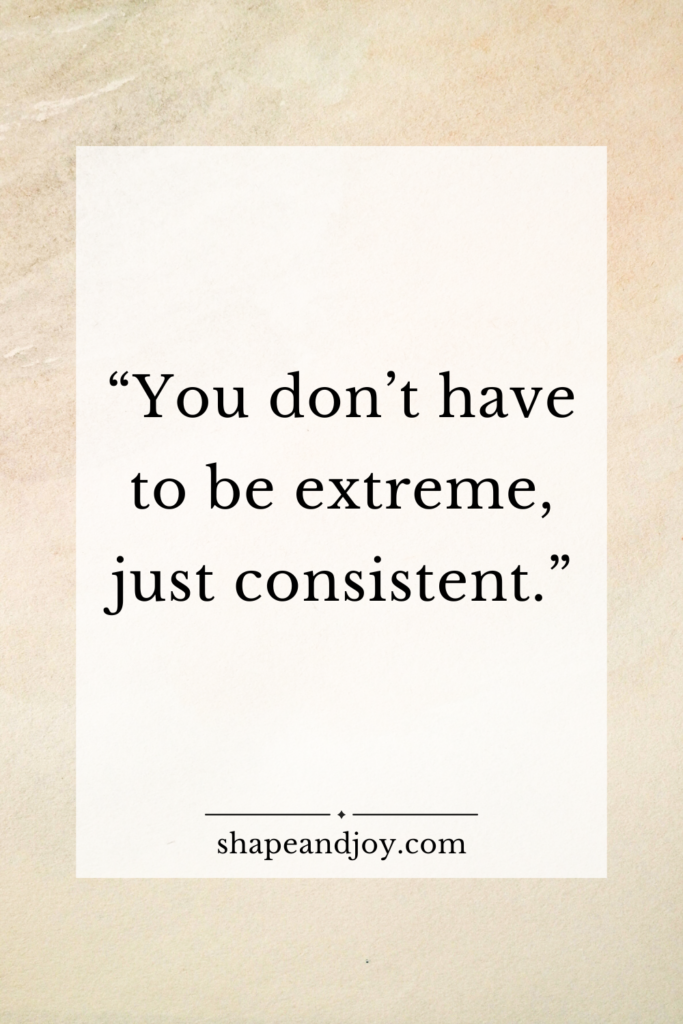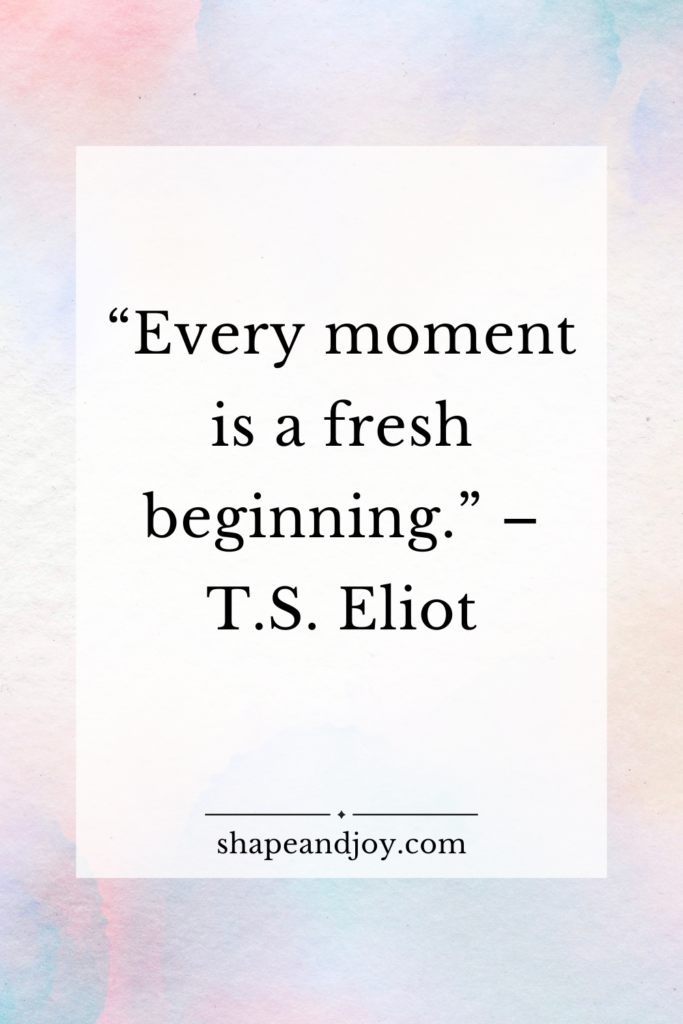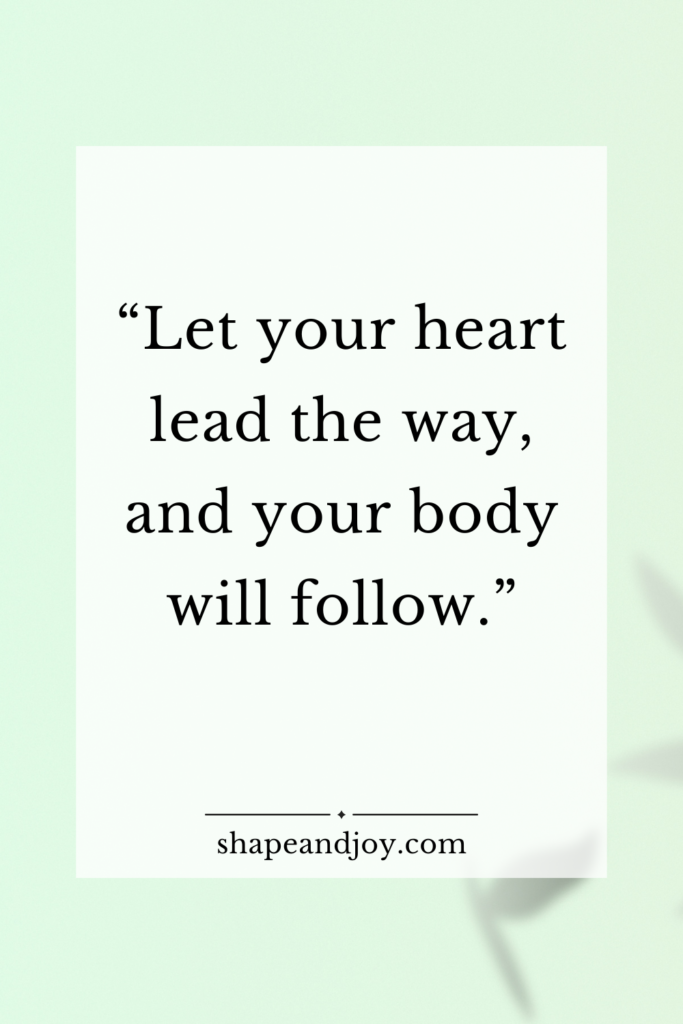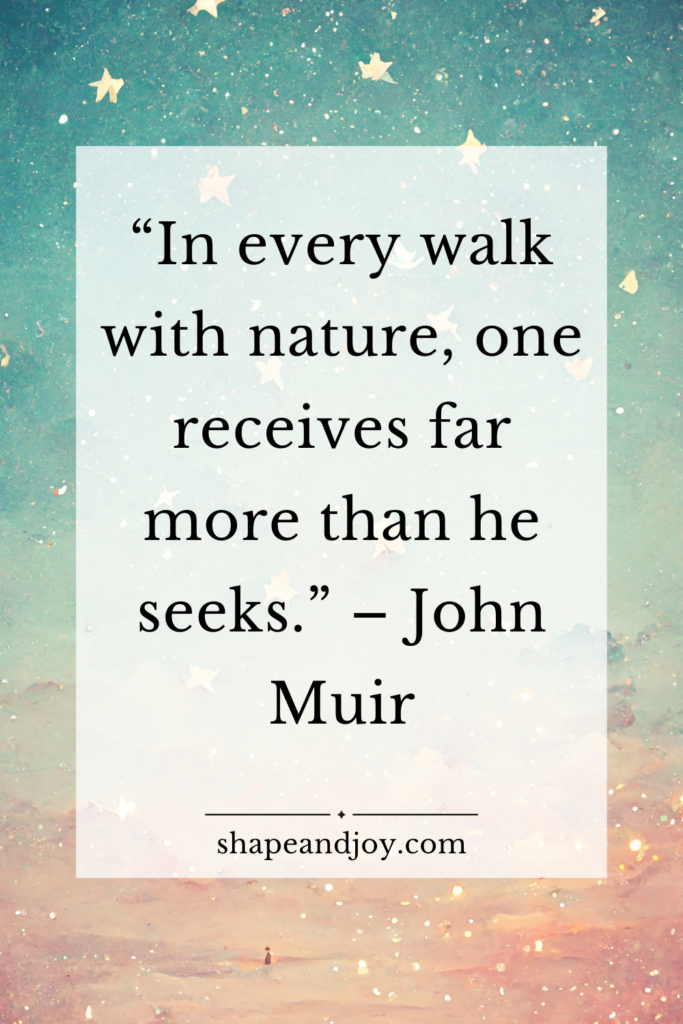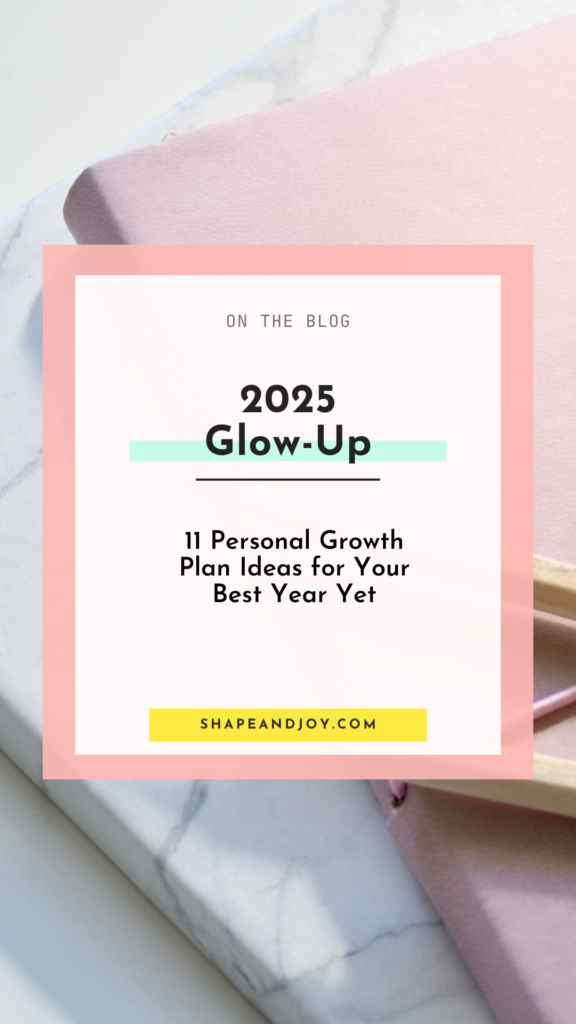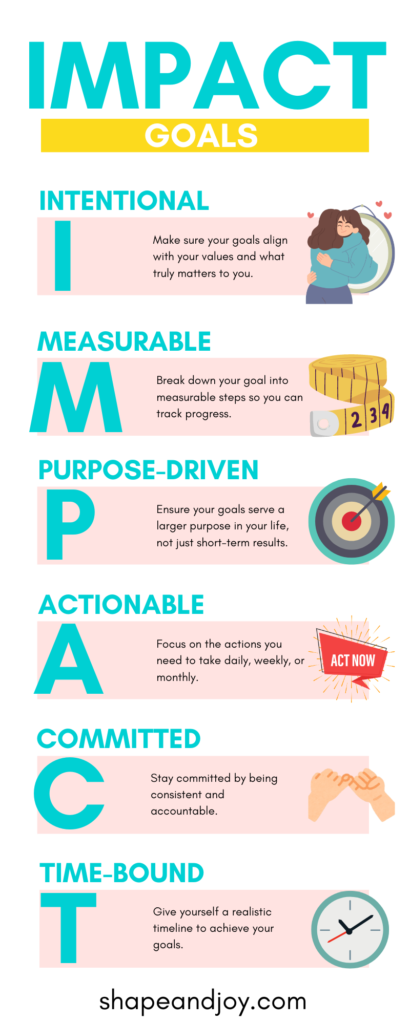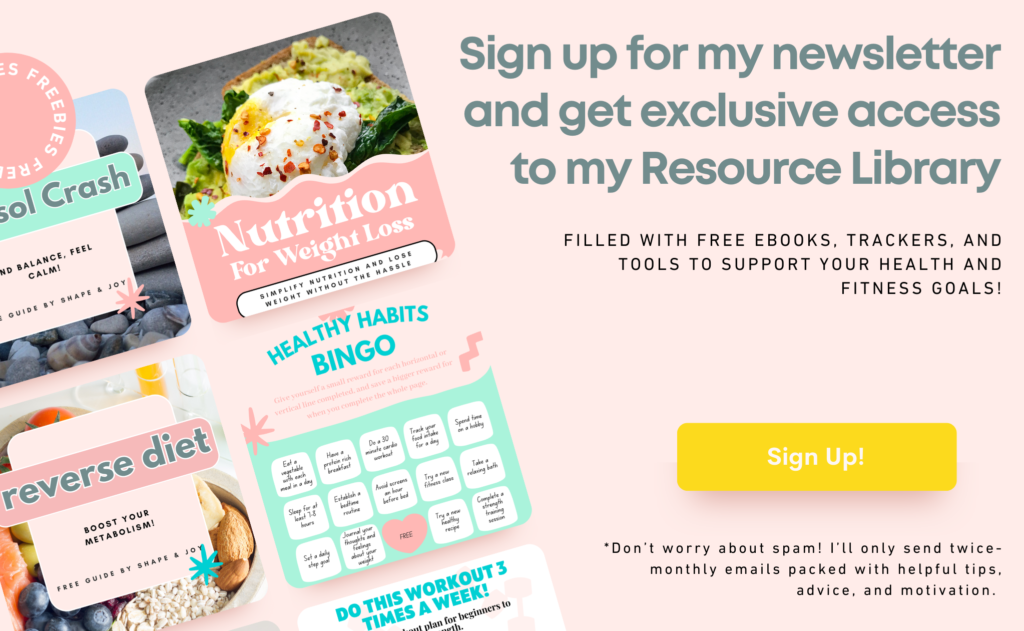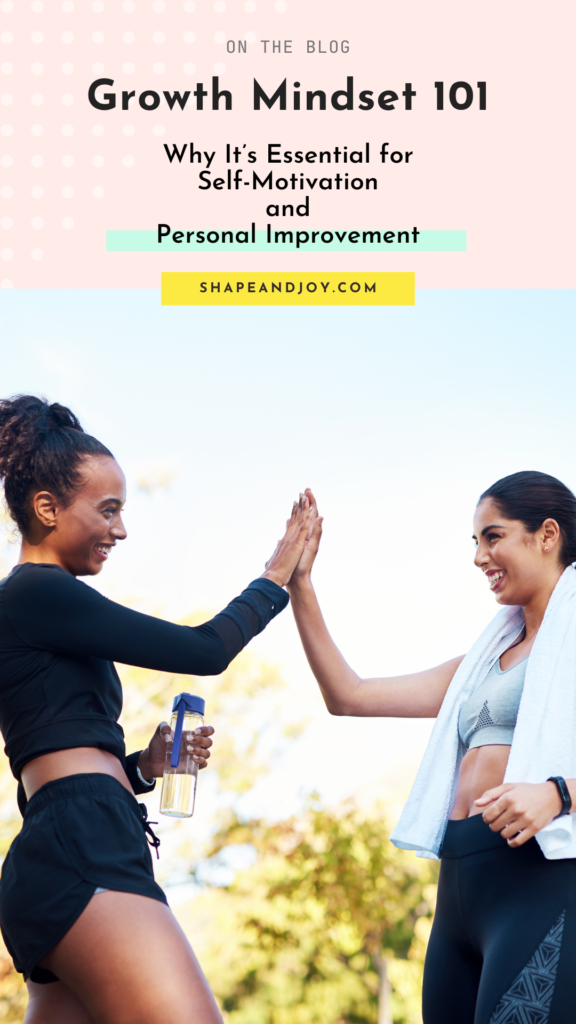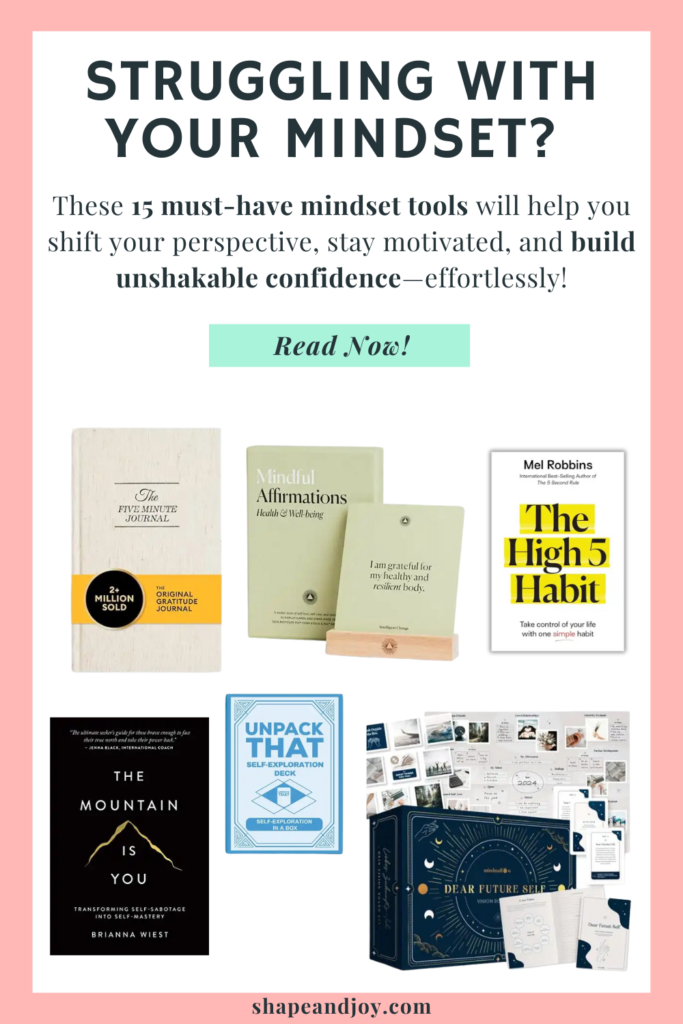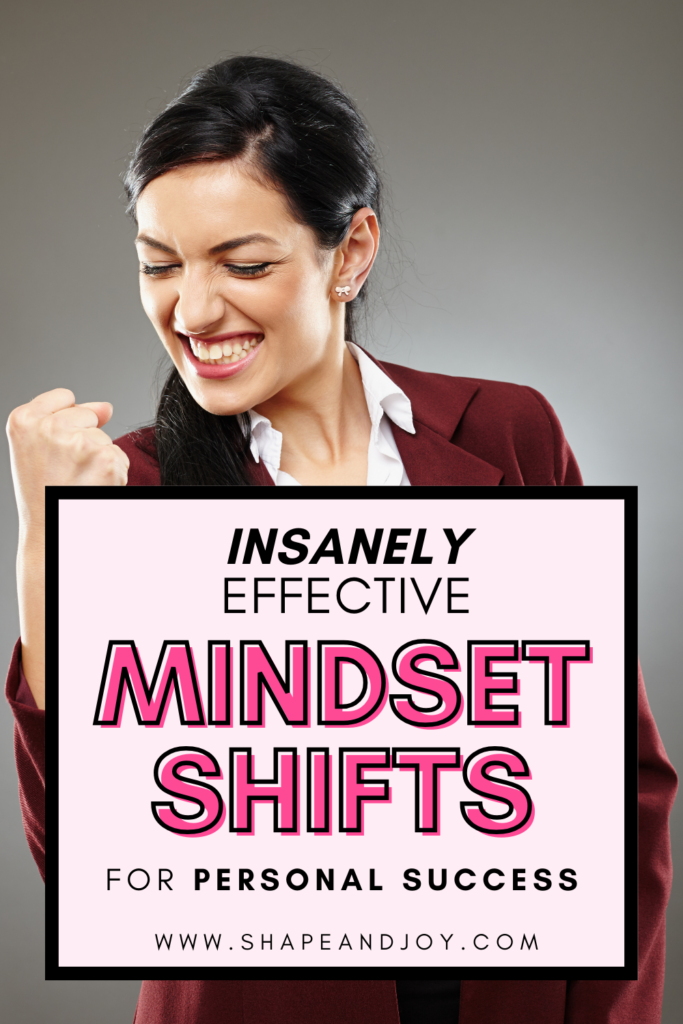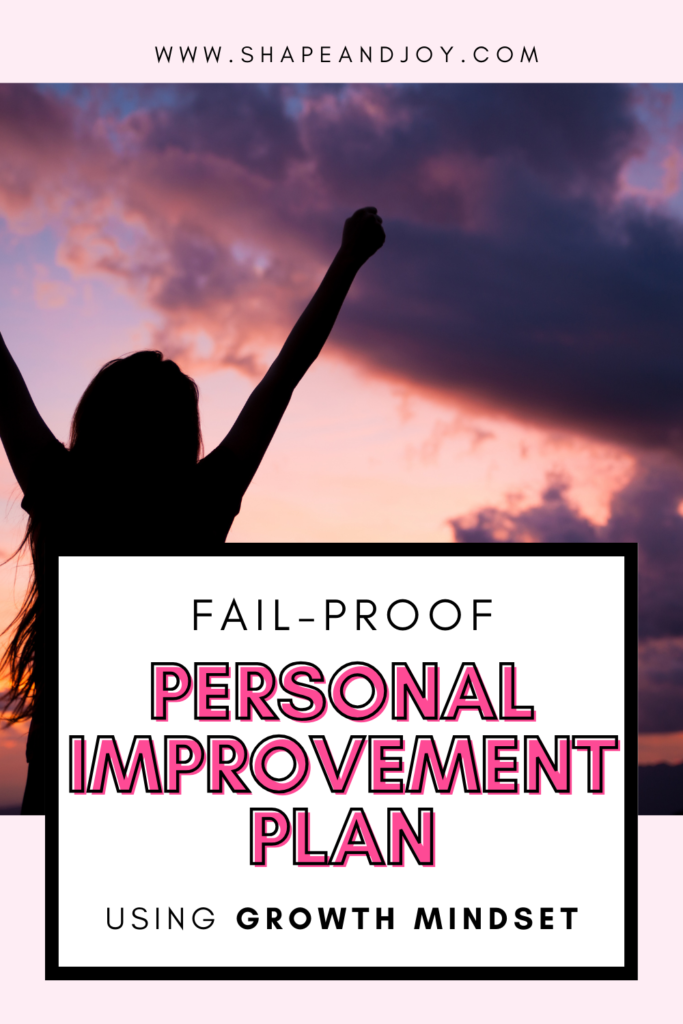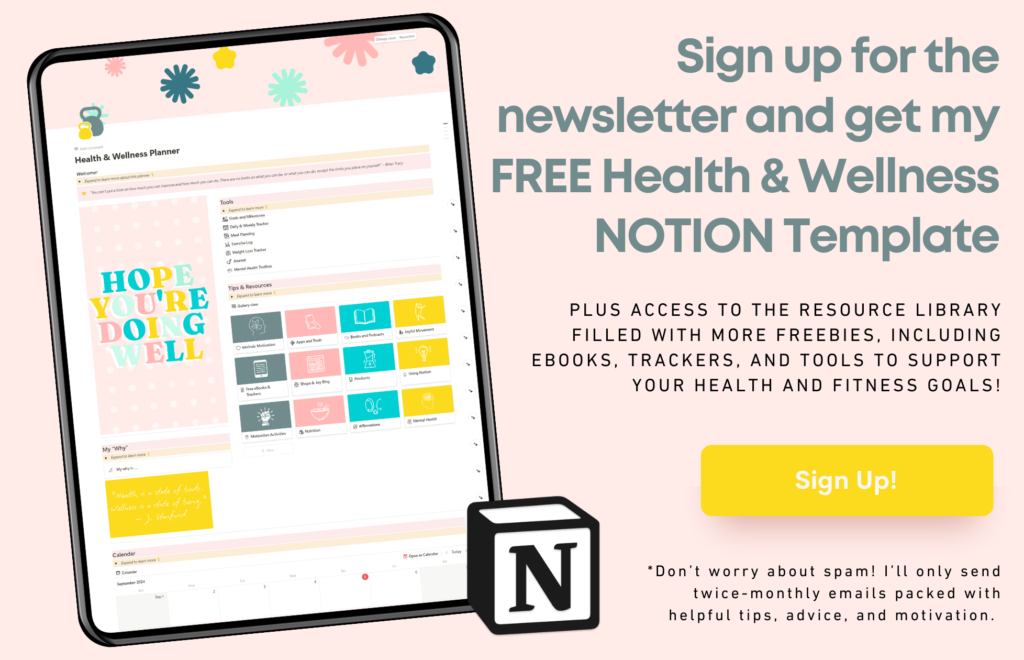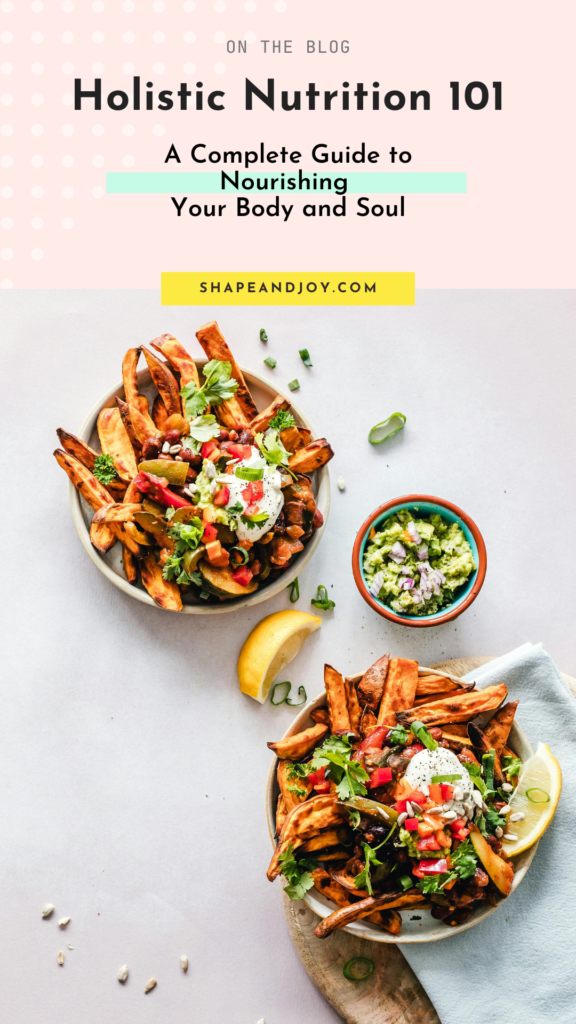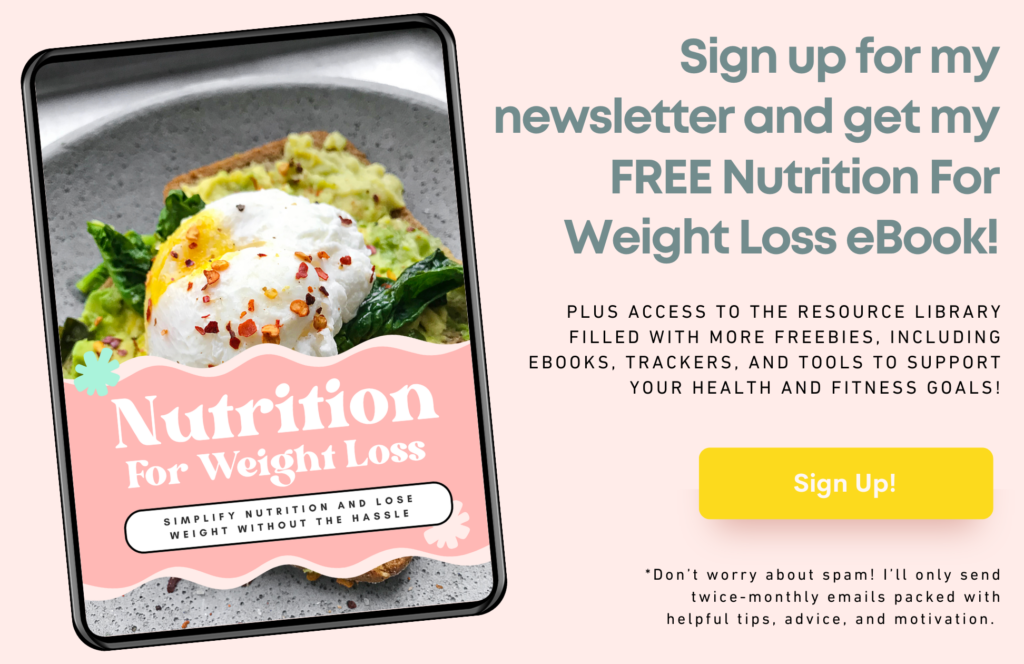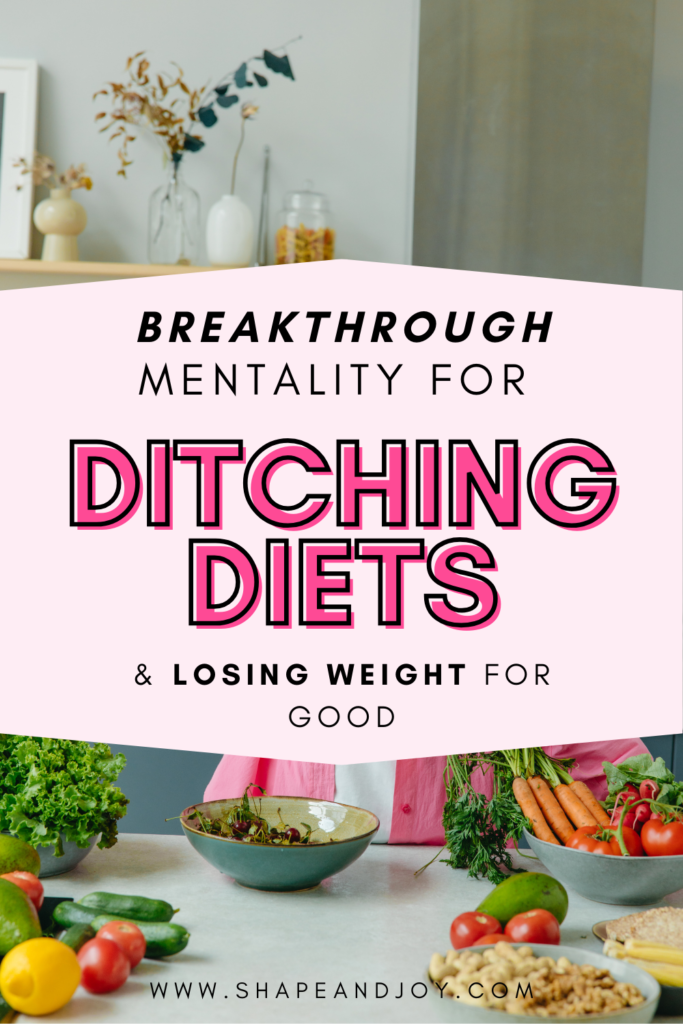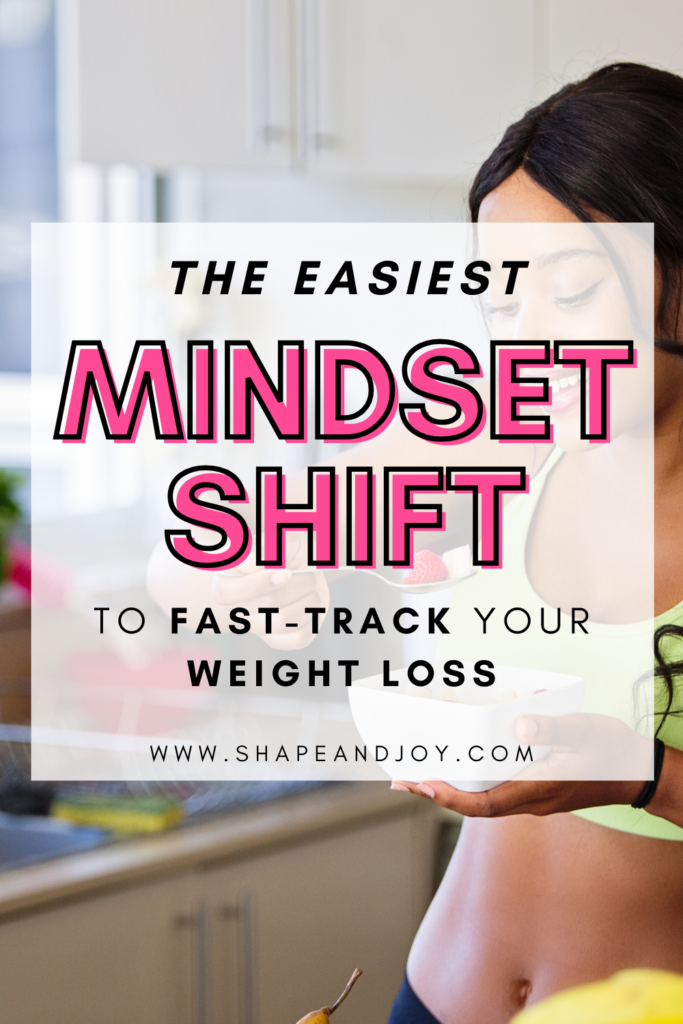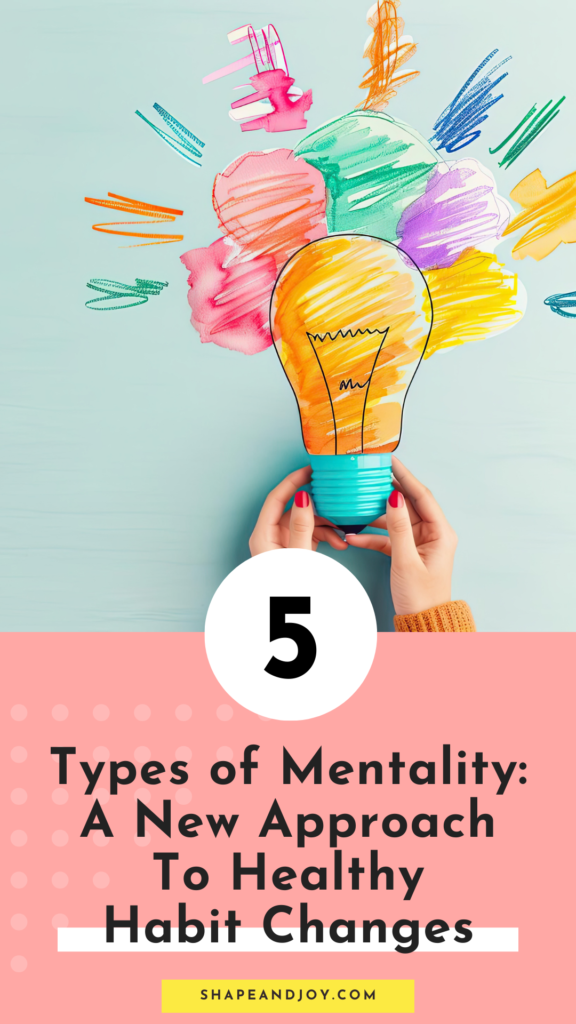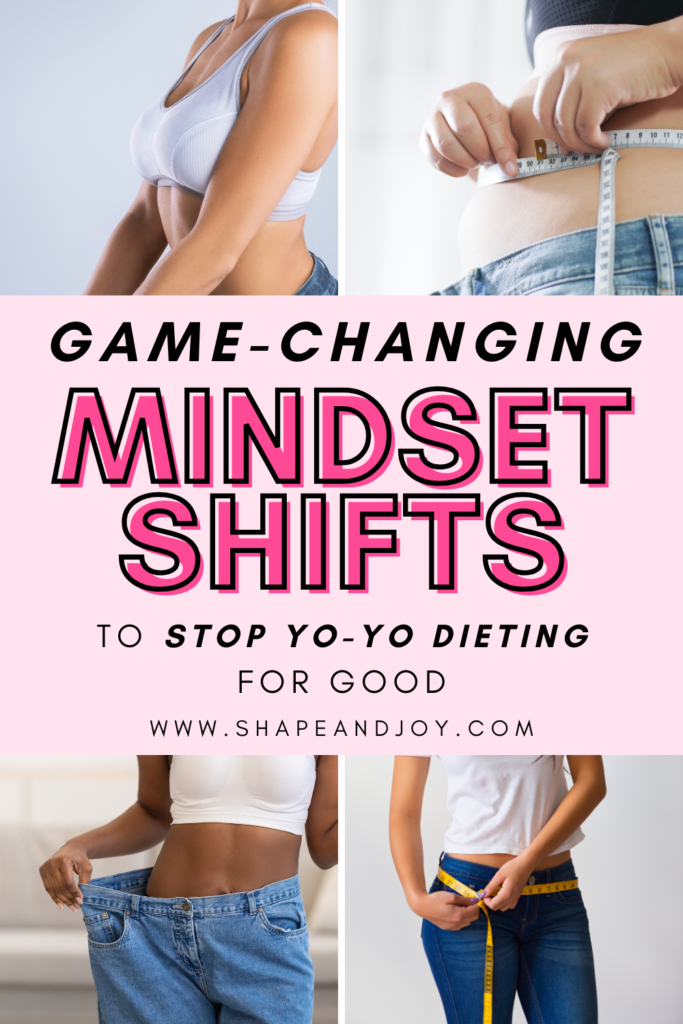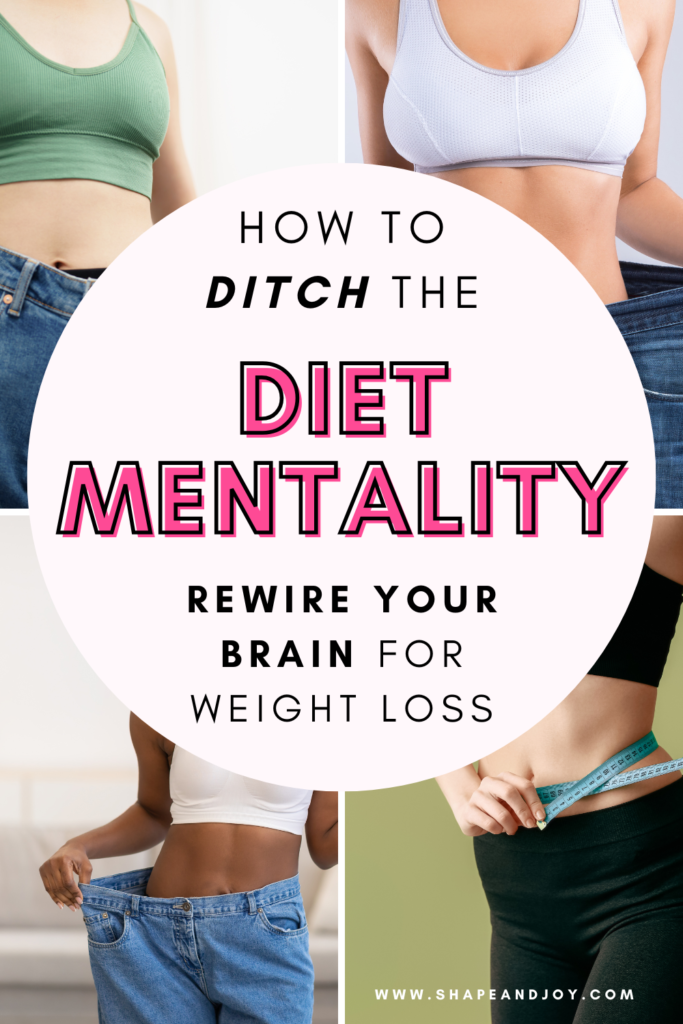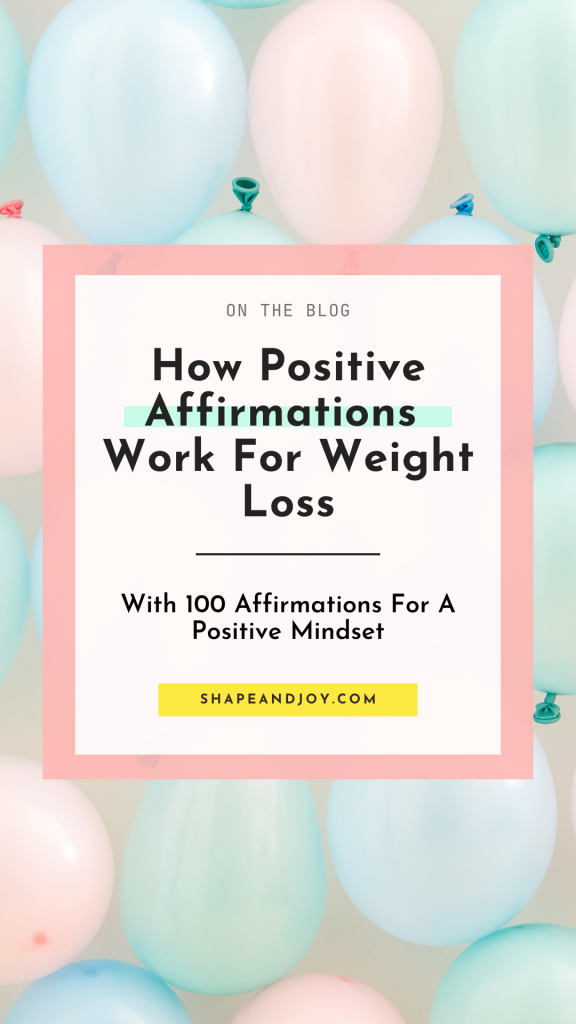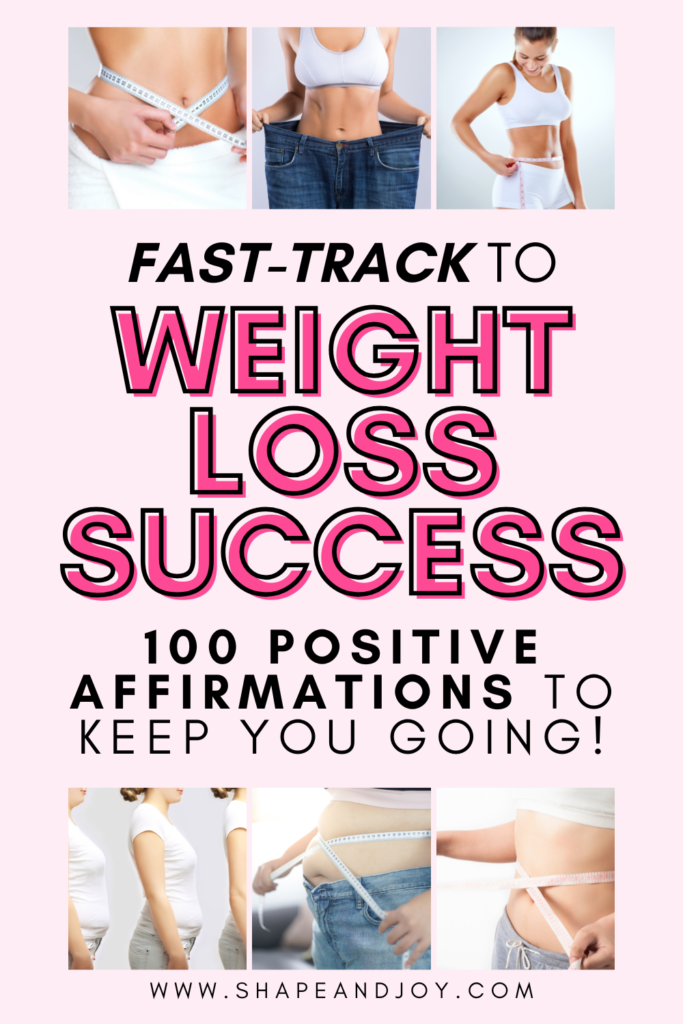Your 2025 Life Reset Plan: A Full Checklist to Reinvent Yourself in 10 Steps
Let’s be real: if 2024 felt like you were running on fumes, now’s the time to flip the script and take control of your life. This is your year, and with this full life reset checklist, you’ll have everything you need to start a new life, organise your life, and smash your personal growth plan.
Whether you’re tackling a 30-day challenge, setting up a 6-month personal development plan, or creating the perfect morning routine, this plan is designed especially for women ready to start over in life, take control, and embrace personal growth motivation.
Grab your planner, a cosy cuppa, and let’s dive into your 2025 life reset plan—packed with practical tips, a to-do list, and a development plan template to help you reinvent yourself from the inside out.
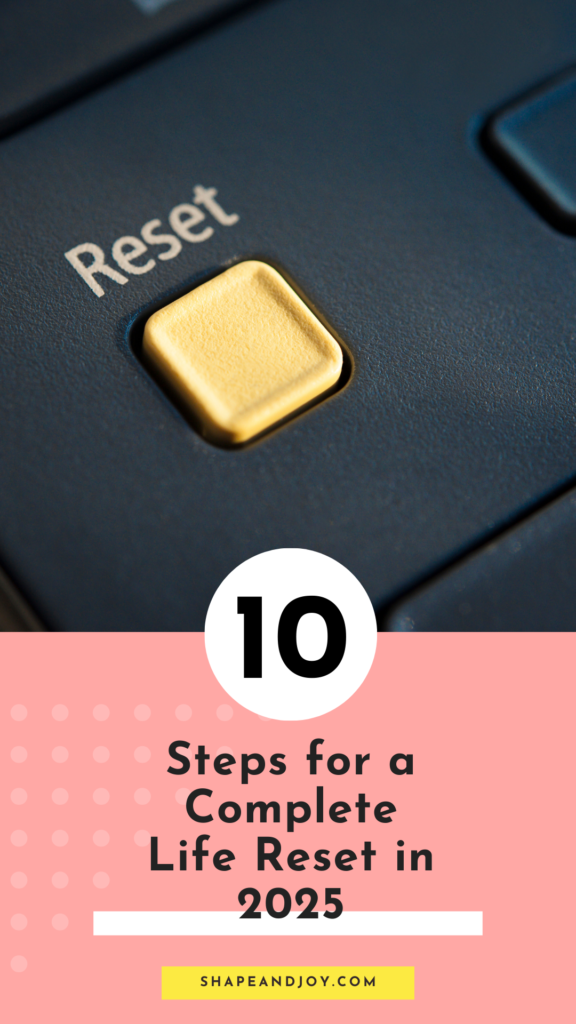
Step 1: Reconnect with Your Why
Write down your reasons in a to-do planner or journal. This simple step can boost your mental and emotional health and give you that spark of vie motivation every time you look at it.
Starting fresh isn’t about winging it—it’s about knowing what makes you happy and why it’s worth chasing. Your “why” is your compass in this personal growth plan, helping you stay motivated even when things feel tough.
Reset Checklist Idea: Write three reasons why you want to start over in life and take control of your future.
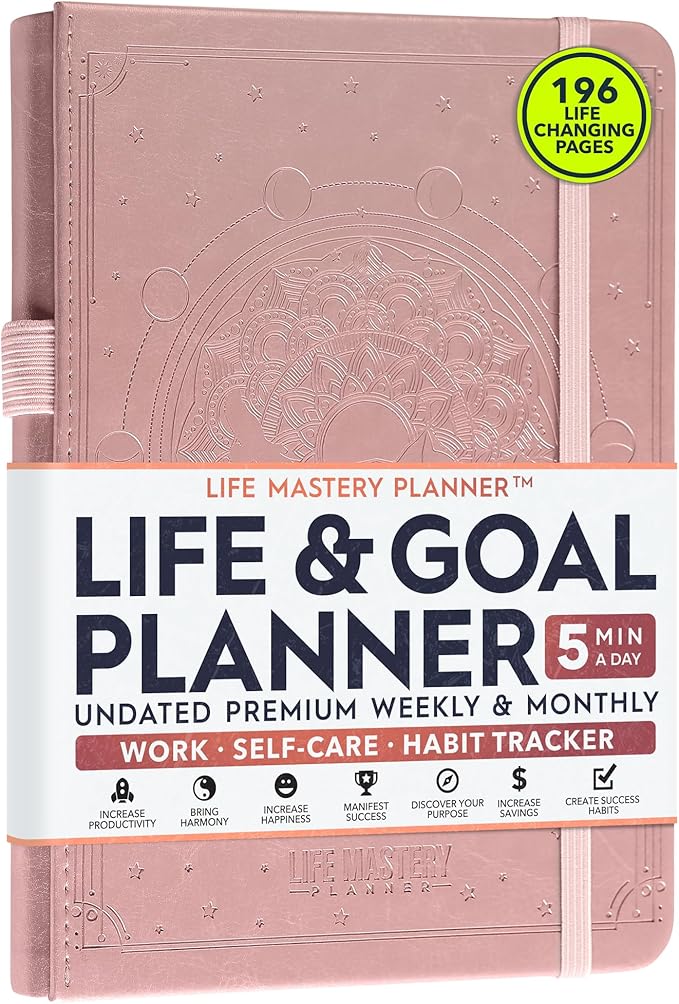
Step 2: Create an Identity Statement
Ready to reinvent yourself? It starts with deciding who you are and what you stand for. Forget vague goals—define your identity.
For example, instead of saying, “I want to be organised,” say, “I’m someone who plans my day with a personal development plan template and sticks to it.”
Stick this statement somewhere you’ll see daily. Use it as a positive self-affirmation to guide your choices and keep you on track.

Step 3: Set IMPACT Goals Aligned with Your Identity
Goals are great—but only if they actually work. That’s where IMPACT goals come in: Intentional, Measurable, Purposeful, Achievable, Challenging, and Timely.
- Intentional: Set goals that serve a purpose, not just because they sound nice.
- Measurable: Make them trackable, so you know when you’re smashing it.
- Purposeful: Your goals should mean something—long-term fulfilment > quick wins.
- Achievable: Be ambitious, but don’t aim for the impossible.
- Challenging: Easy is boring. Pick goals that push you to grow.
- Timely: Deadlines turn dreams into action.
Example: “I’ll walk 30 minutes, 4 times a week, for 6 months to boost my energy and make movement a habit.”
Write yours down, stick them somewhere visible, and get cracking. This is how you make 2025 the year you truly move the needle!

Step 4: Build Habits That Reflect Your Desired Identity
Here’s the secret sauce to personal development plans: habits. Small, consistent actions will help you achieve big changes.
Start with something simple like a 5-minute morning routine for journaling or mindfulness to boost your mental and emotional health.
The trick? Focus on one or two habits at a time.
You’re not trying to climb Everest on Day One—you’re building the foundation for a better you.
Reset Checklist Tip: Add daily habits like drinking water or writing self-affirmations to your (Hint: Download my Personal Development Planner PDF – it includes a habit tracker!).

Step 5: Create a Mindset Toolbox
Resetting your life isn’t just about ticking boxes on a to-do planner; it’s about building mental resilience.
A solid mindset toolbox includes things like positive self-affirmations, gratitude journaling, and mindfulness exercises.
Having these tools at your fingertips will help you take control of your life and stay grounded during challenges.
If your relationship with food needs a reset too, check out Weight Loss Psychology 101 for tips to break free from binge-restrict cycles and create a healthier mindset.
📌 Pin this for later! ⬇
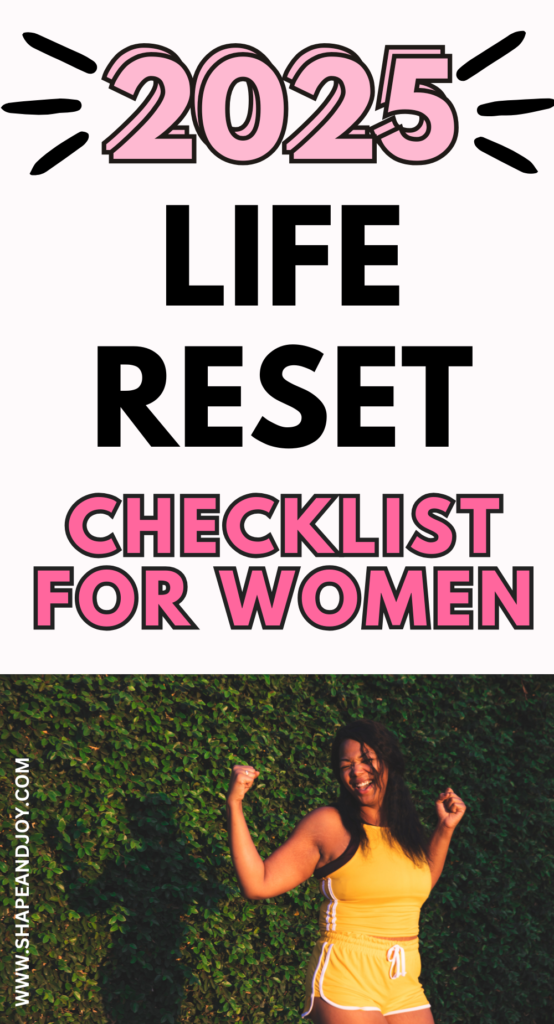
Step 6: Redefine Success with Growth
Let’s redefine what success looks like, shall we? It’s not about perfection; it’s about progress.
Your personal growth plan is all about celebrating the small wins that build up to bigger transformations.
Keep track of your milestones in your planner PDF or a journal. Whether you complete a 30-day challenge or nail your new morning routine, every win counts.

Step 7: Audit Your Environment for Alignment
Your environment can make or break your success. Cluttered home? Packed schedule? It’s time to organise your life.
Start with a decluttering session and use tools like a personal development plan template to streamline your day.
Create a space that inspires productivity and calm.
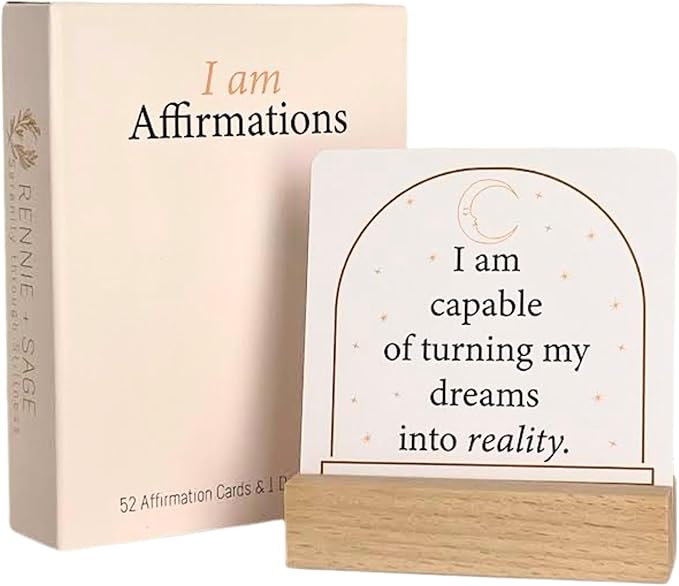
Reset Checklist Idea: Clear out one area of your home every week to create an inspiring space for personal growth.
Short on time but need to recharge? Check out 24 Self-Care Ideas for When You Have No Time or Energy to stay balanced while resetting.
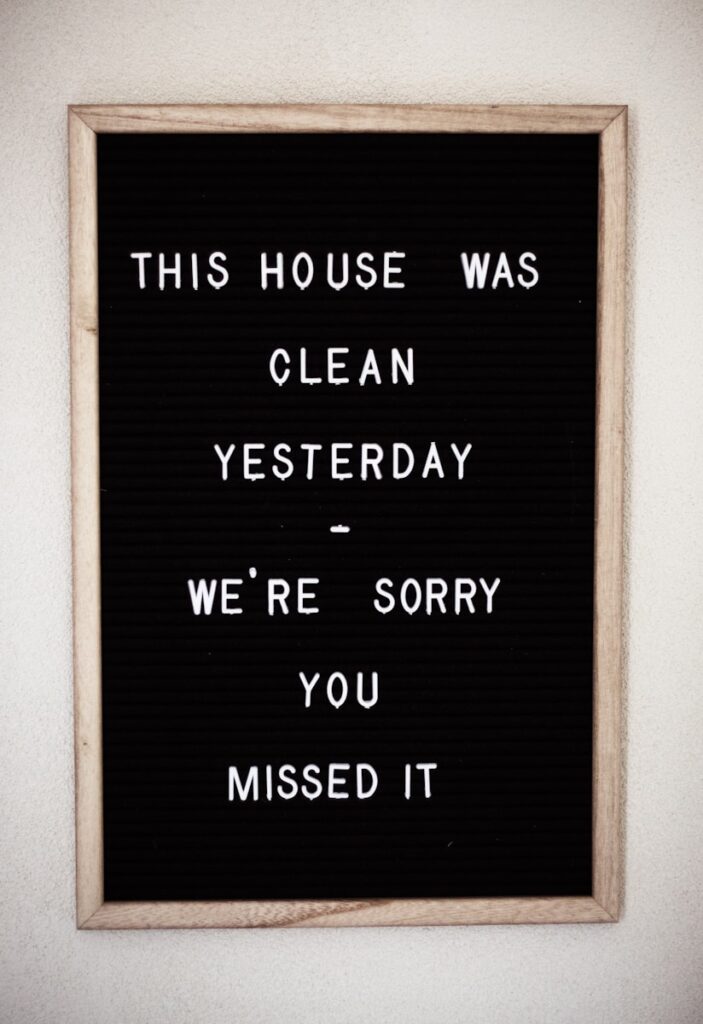
Step 8: Take Inspired Action Towards Your Goals
All the planning in the world means nothing without action. Break your goals into bite-sized steps, and use a planner to keep track. Whether it’s starting a new fitness routine or tackling a big project, consistency is key.
Reset Tip: Tackle one goal at a time to avoid overwhelm. Slow and steady wins the race.

Step 9: Stay Accountable to Your Future Self
Accountability is your best mate when it comes to personal development. Use habit trackers, set reminders, or even buddy up with someone who shares your vision.
Remember, you’re not just living for today—you’re building a full life for your future self.

Step 10: Celebrate Your Wins, Big and Small
You’ve done the work—now it’s time to celebrate. Whether it’s completing a 6-month development plan or smashing a small daily habit, don’t forget to reward yourself.
Celebrating achievements keeps you motivated and reminds you how far you’ve come.
Reset Checklist Tip: Plan small rewards for hitting your goals. They don’t need to be extravagant—whatever makes you happy is perfect.
Conclusion
Resetting your life isn’t about perfection; it’s about taking bold, intentional steps to reinvent yourself.
Whether you’re starting fresh with a 30-day challenge, revamping your morning routine, or embracing a personal growth plan, this is your year to shine.
So grab your planner, write those self-affirmations, and dive into your 2025 life reset plan with confidence.
You’re not just organising your life—you’re taking control of it. Let’s make 2025 the year you start over in life and truly thrive!
You’ve got this—now go smash it!
Looking for more inspiration for a life reset? 2025 Glow-Up has 11 ideas to level up your personal growth plan.
📌 Pin this for later! ⬇
